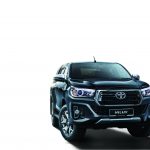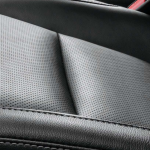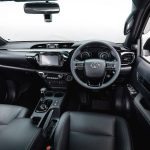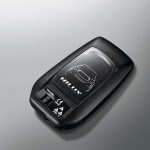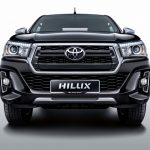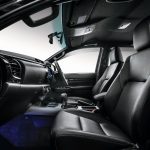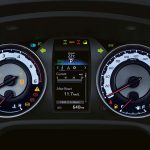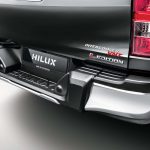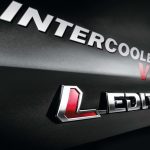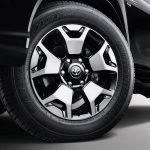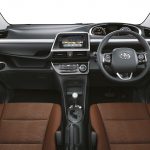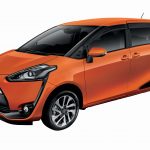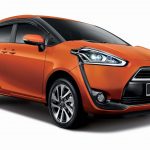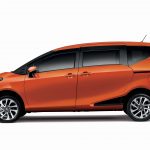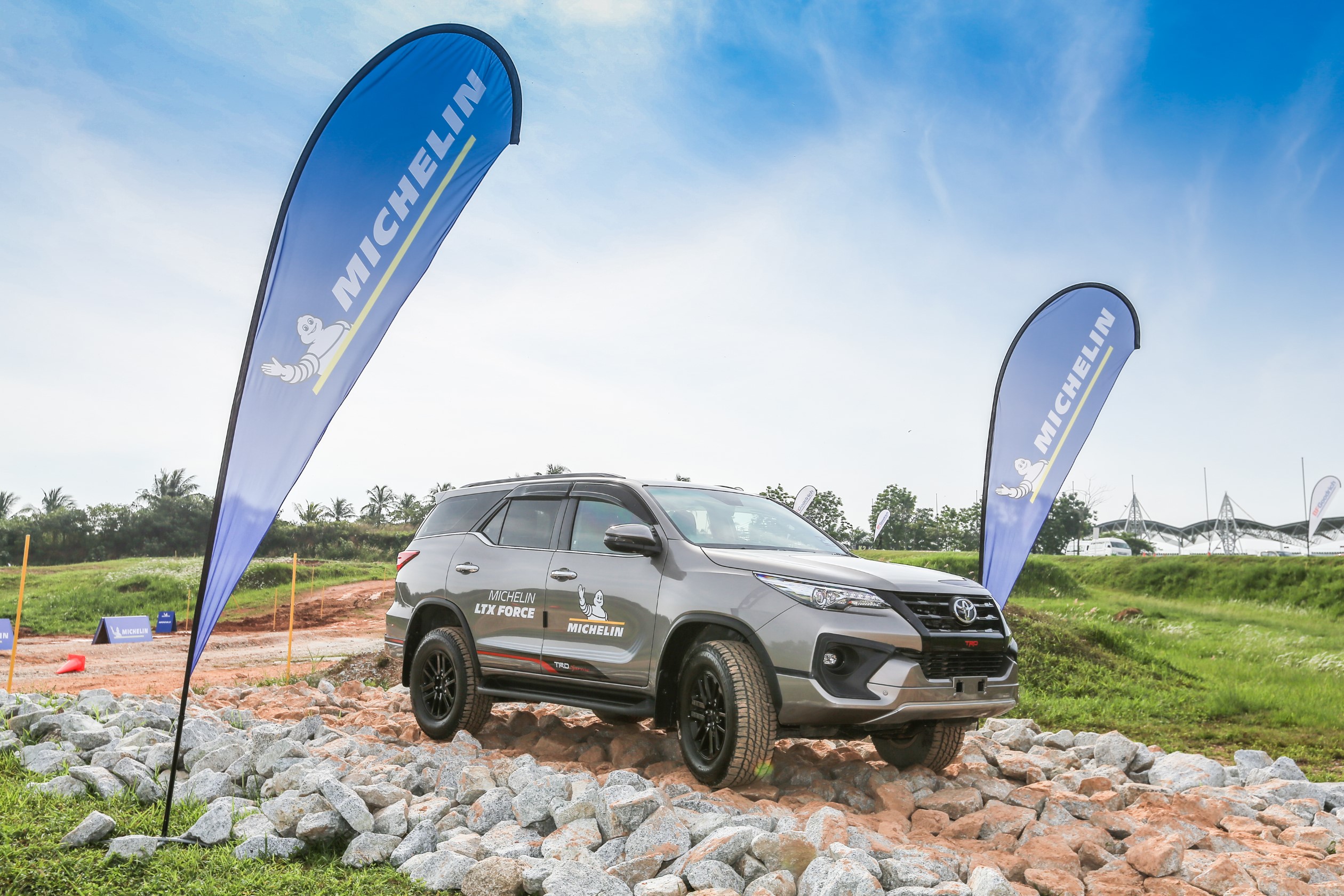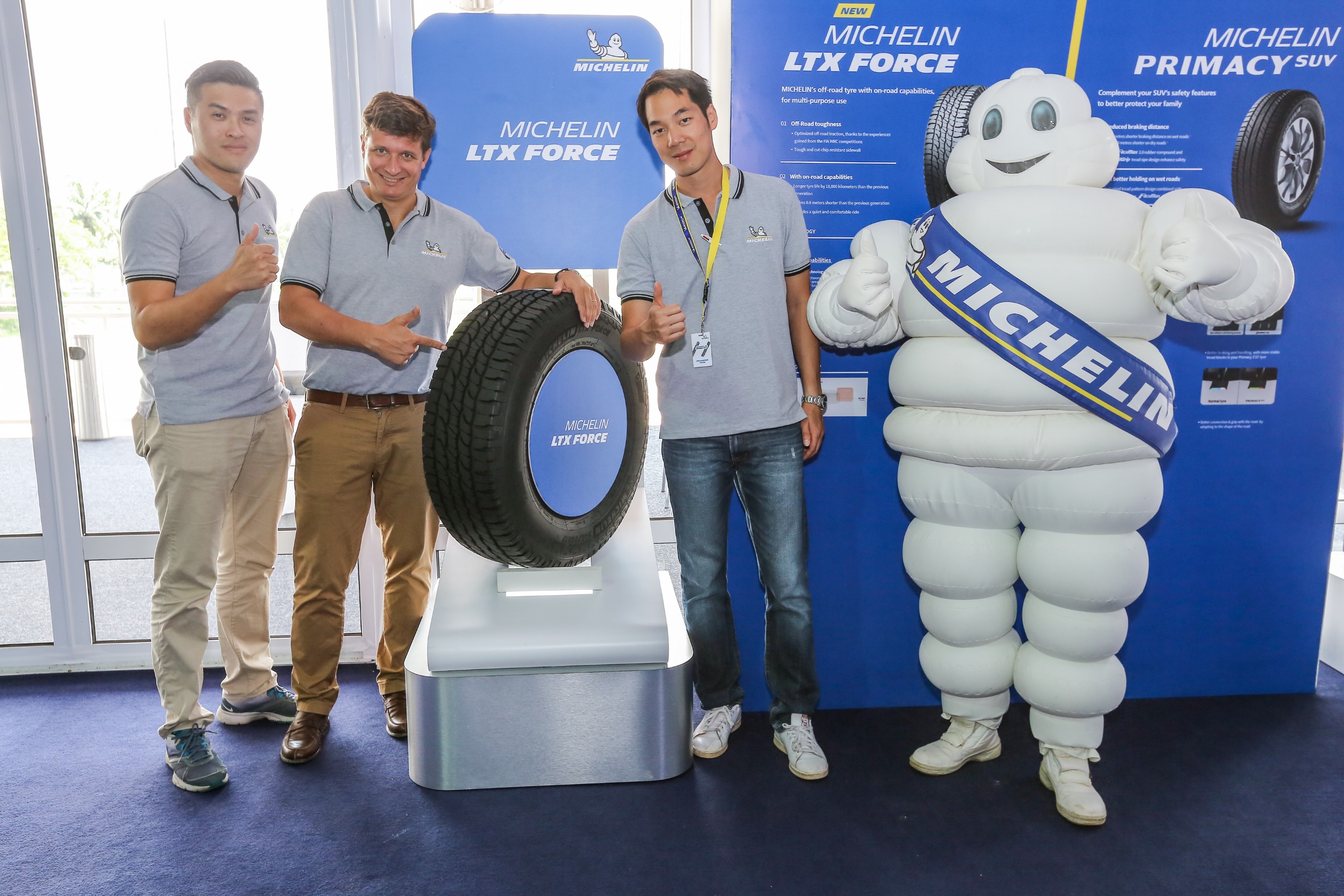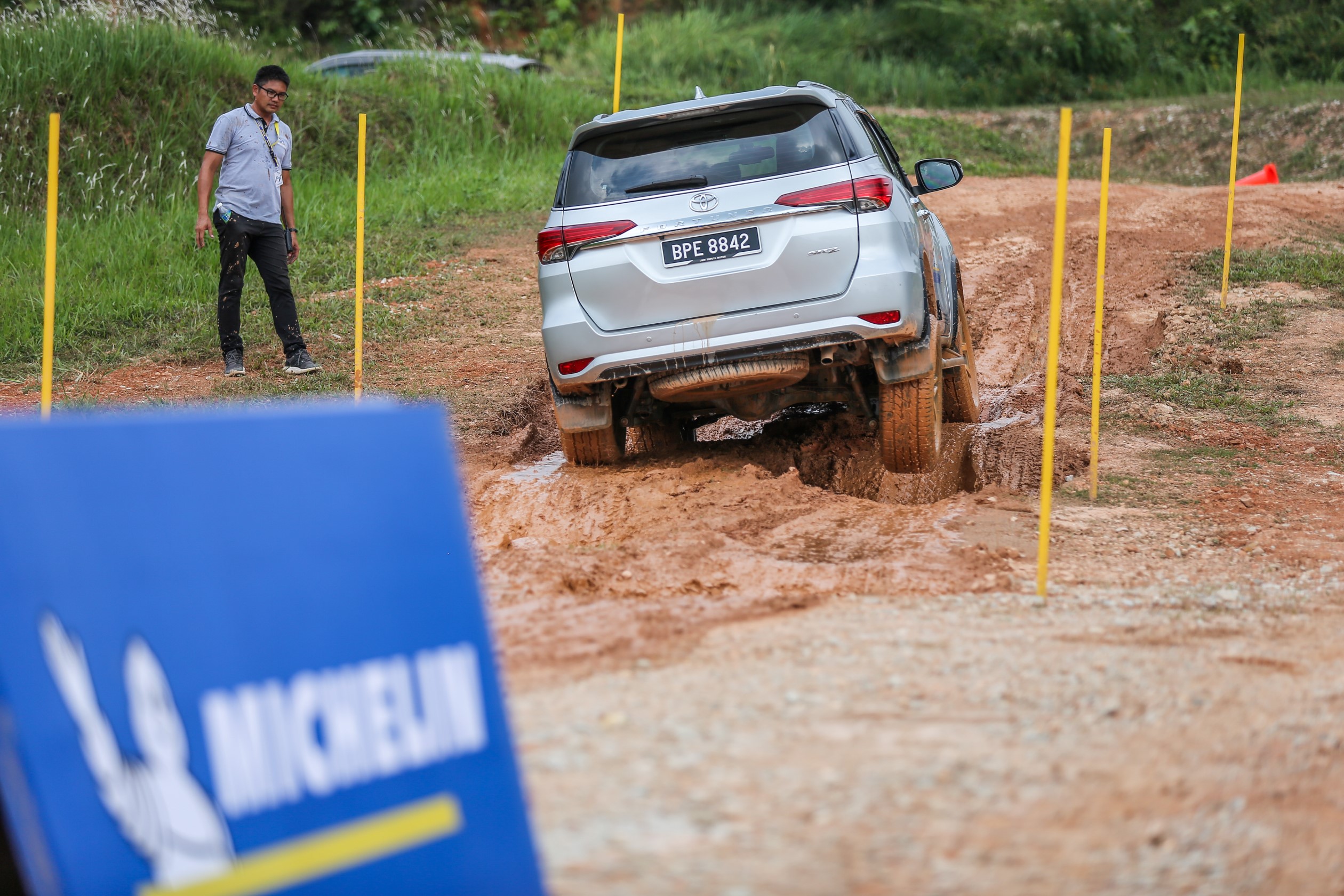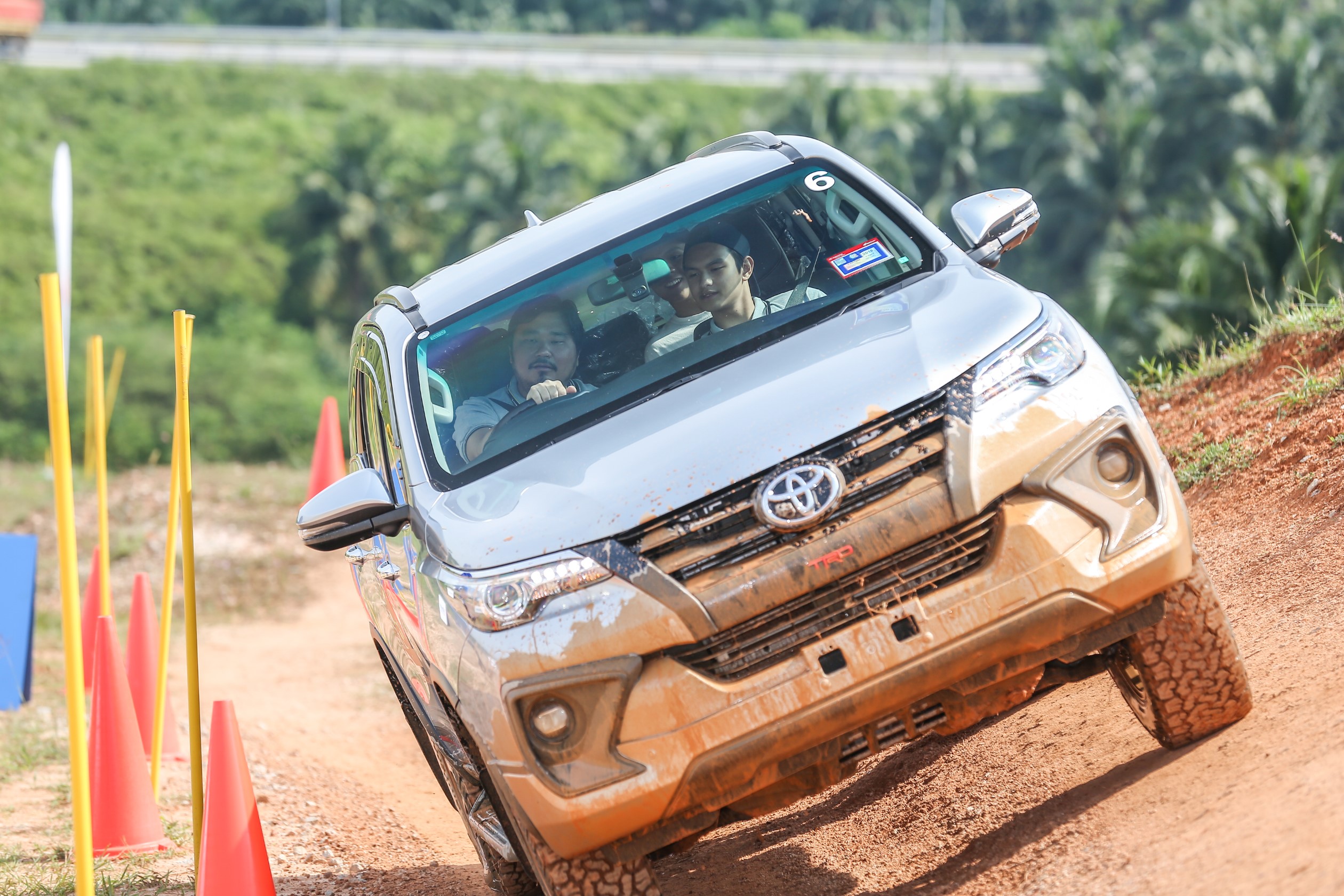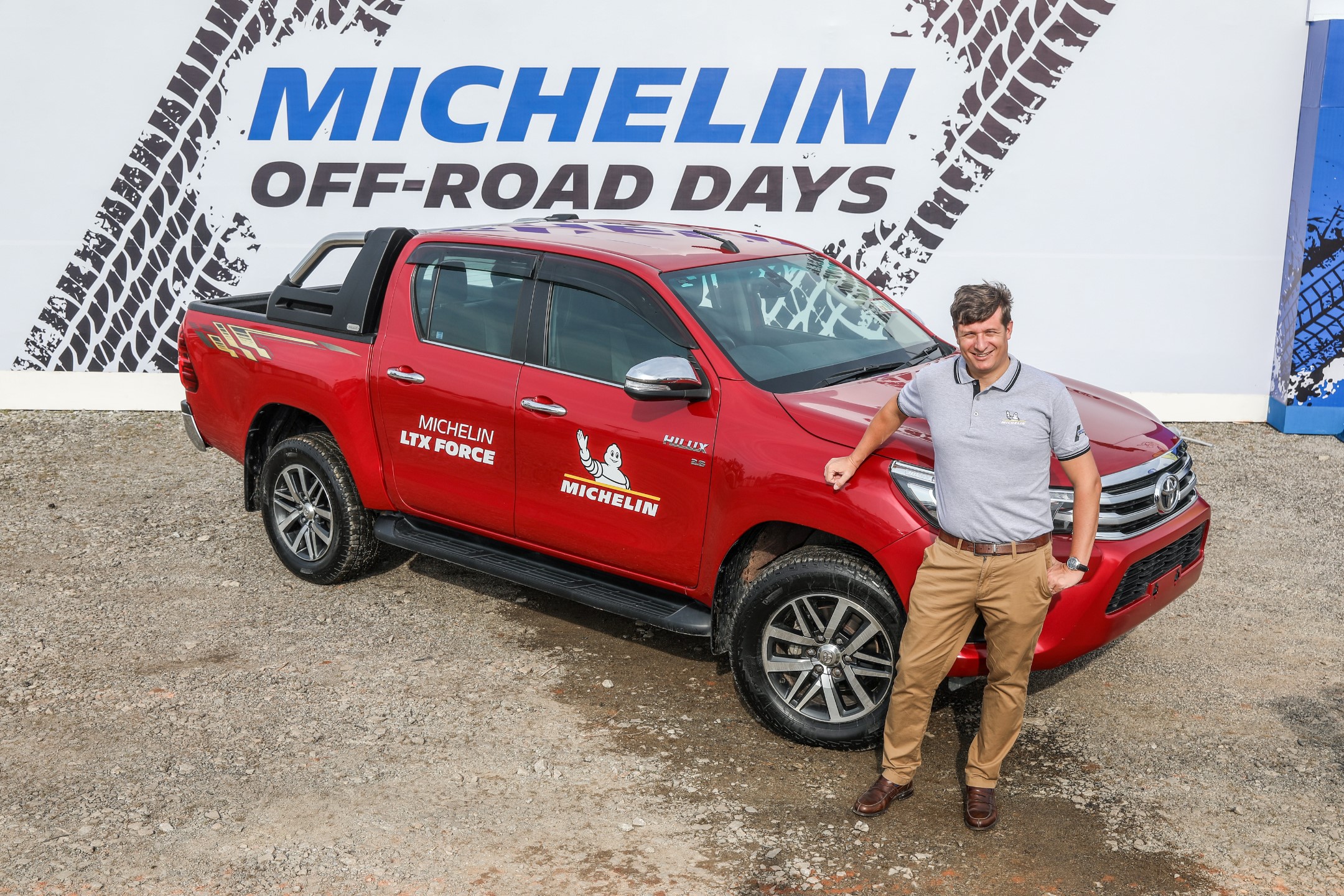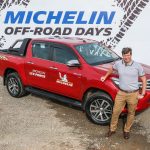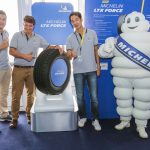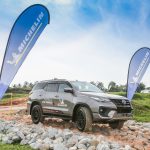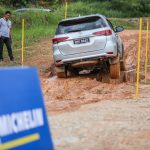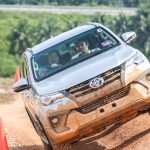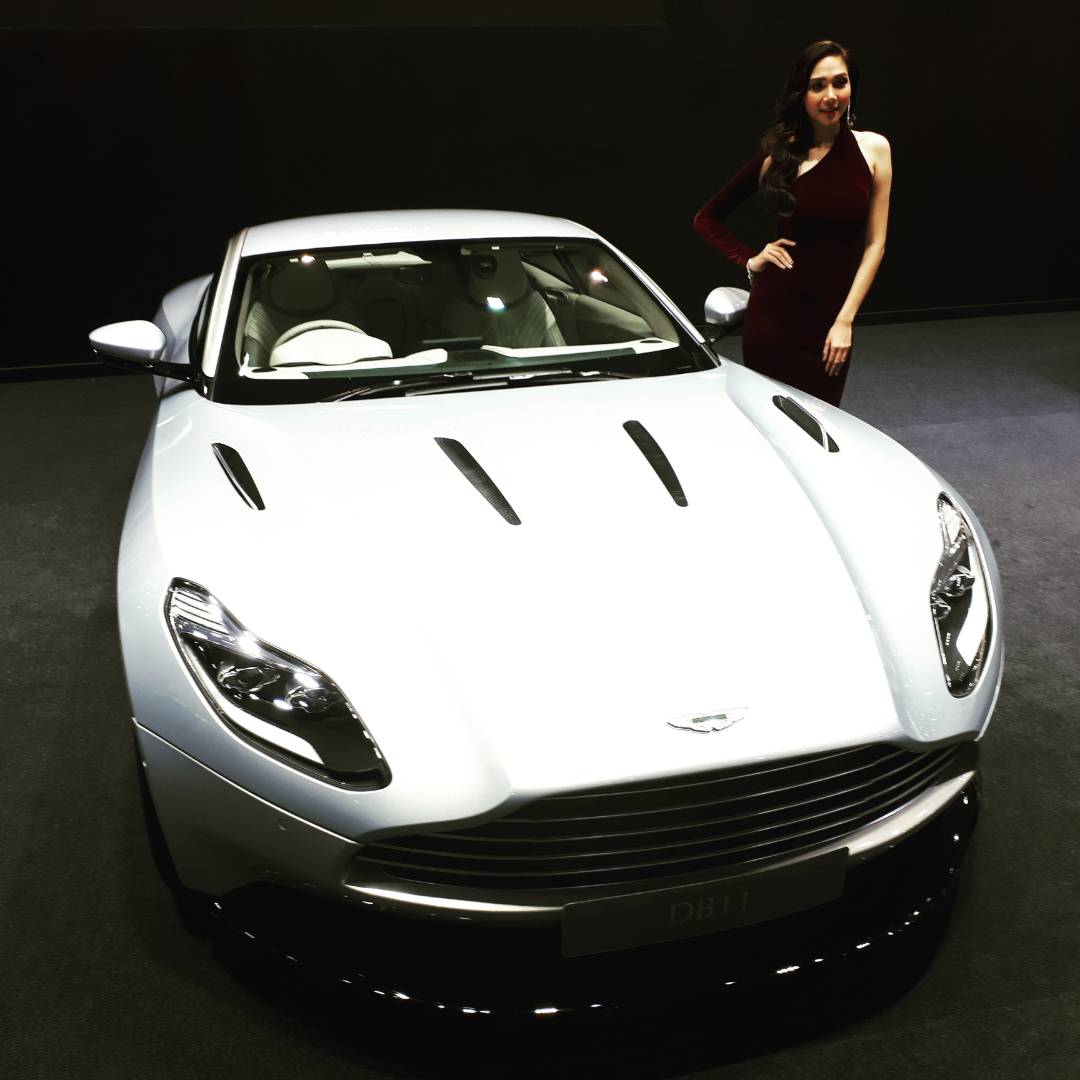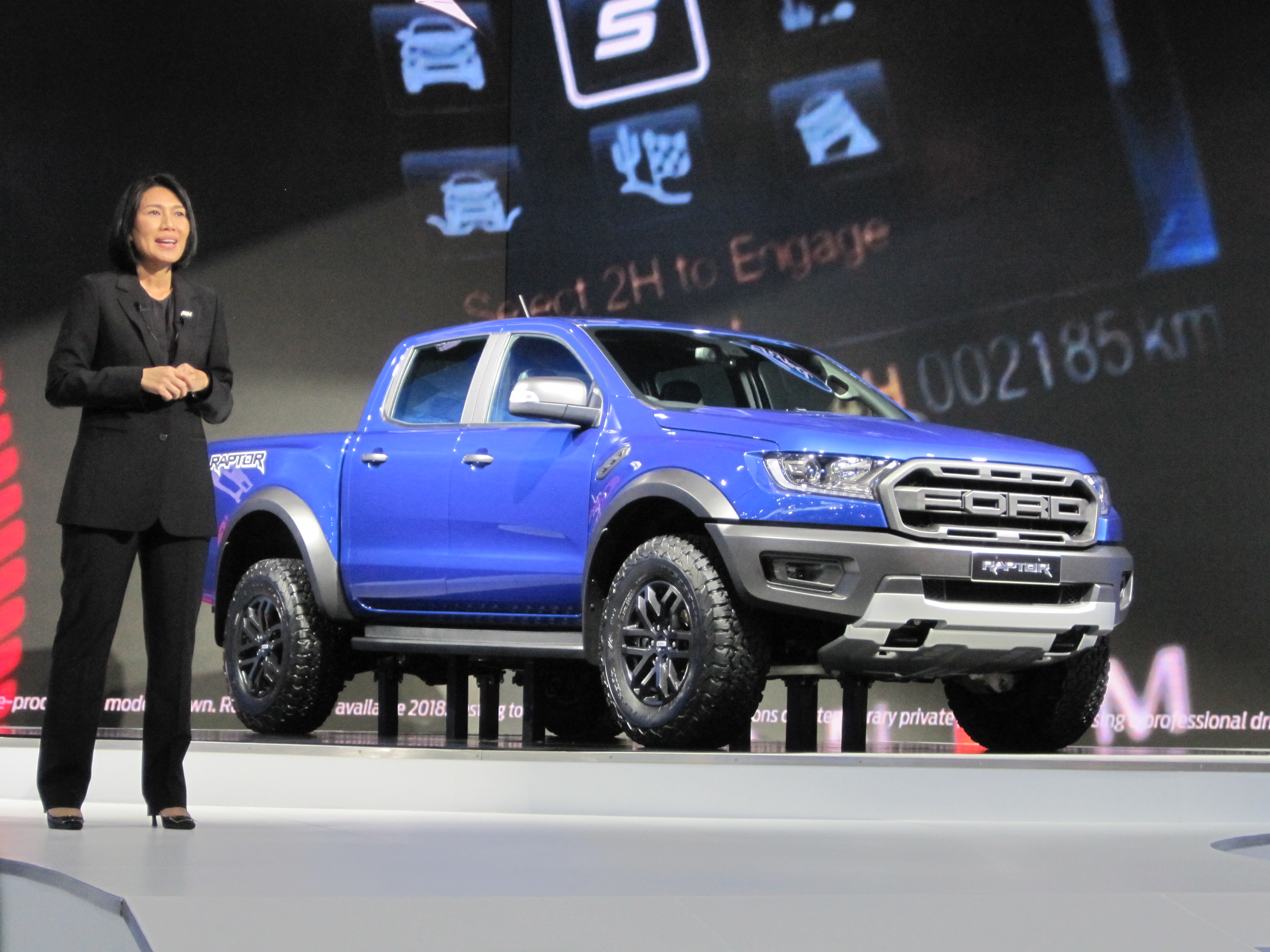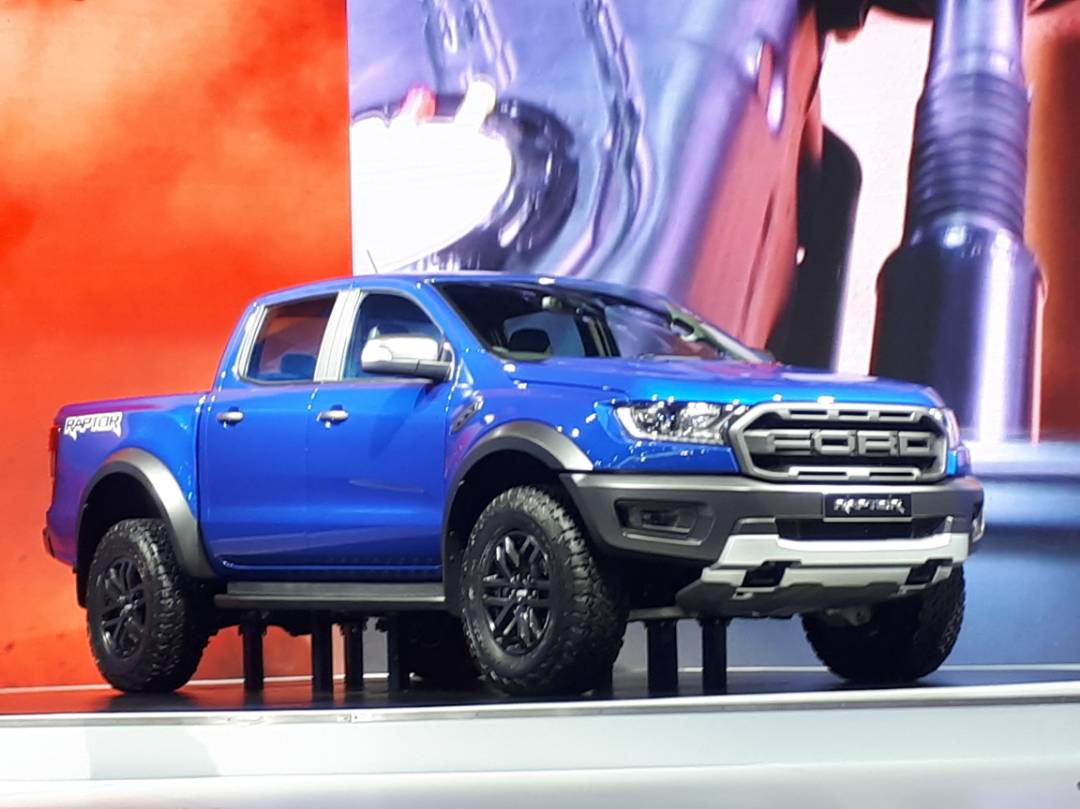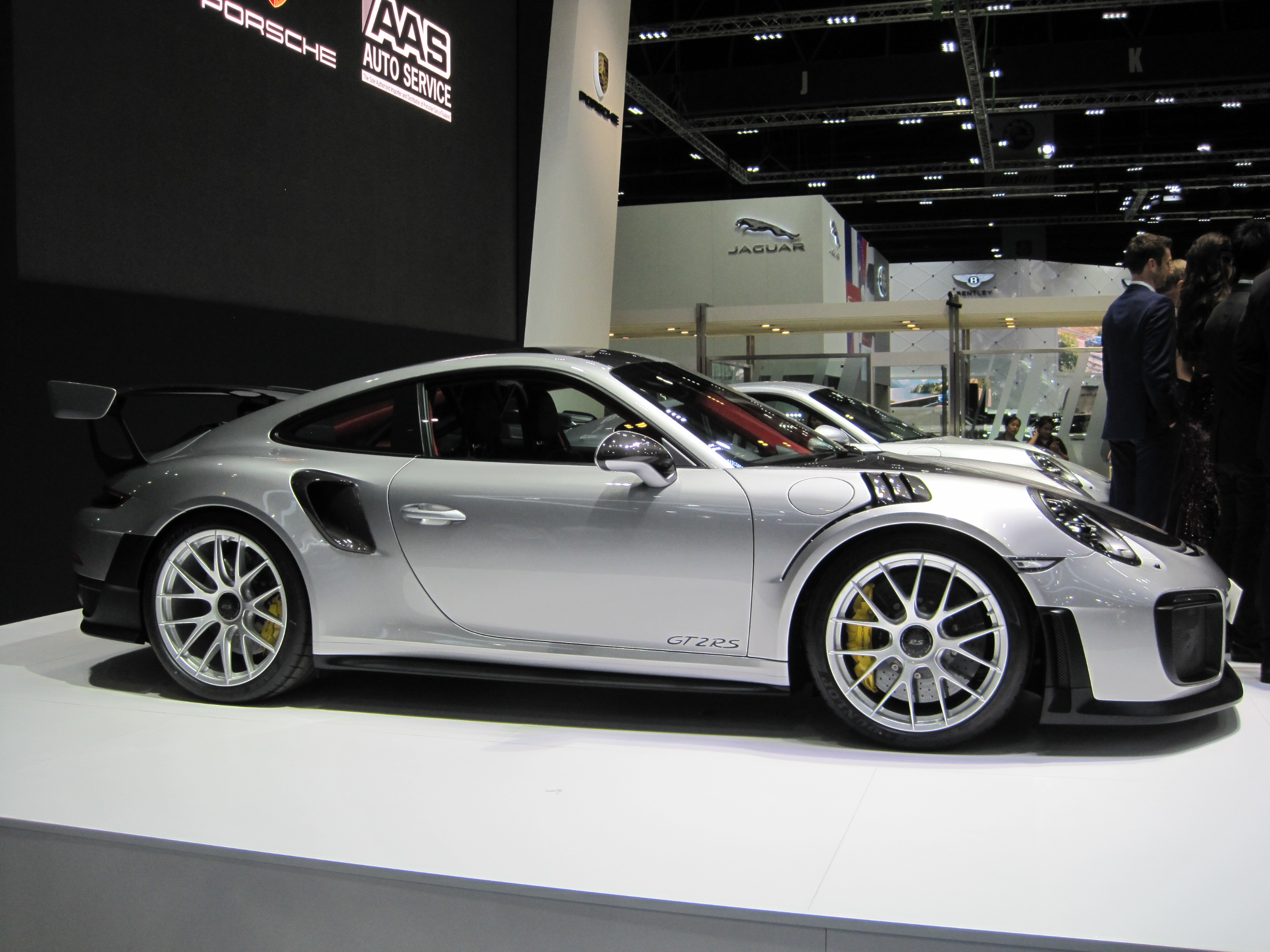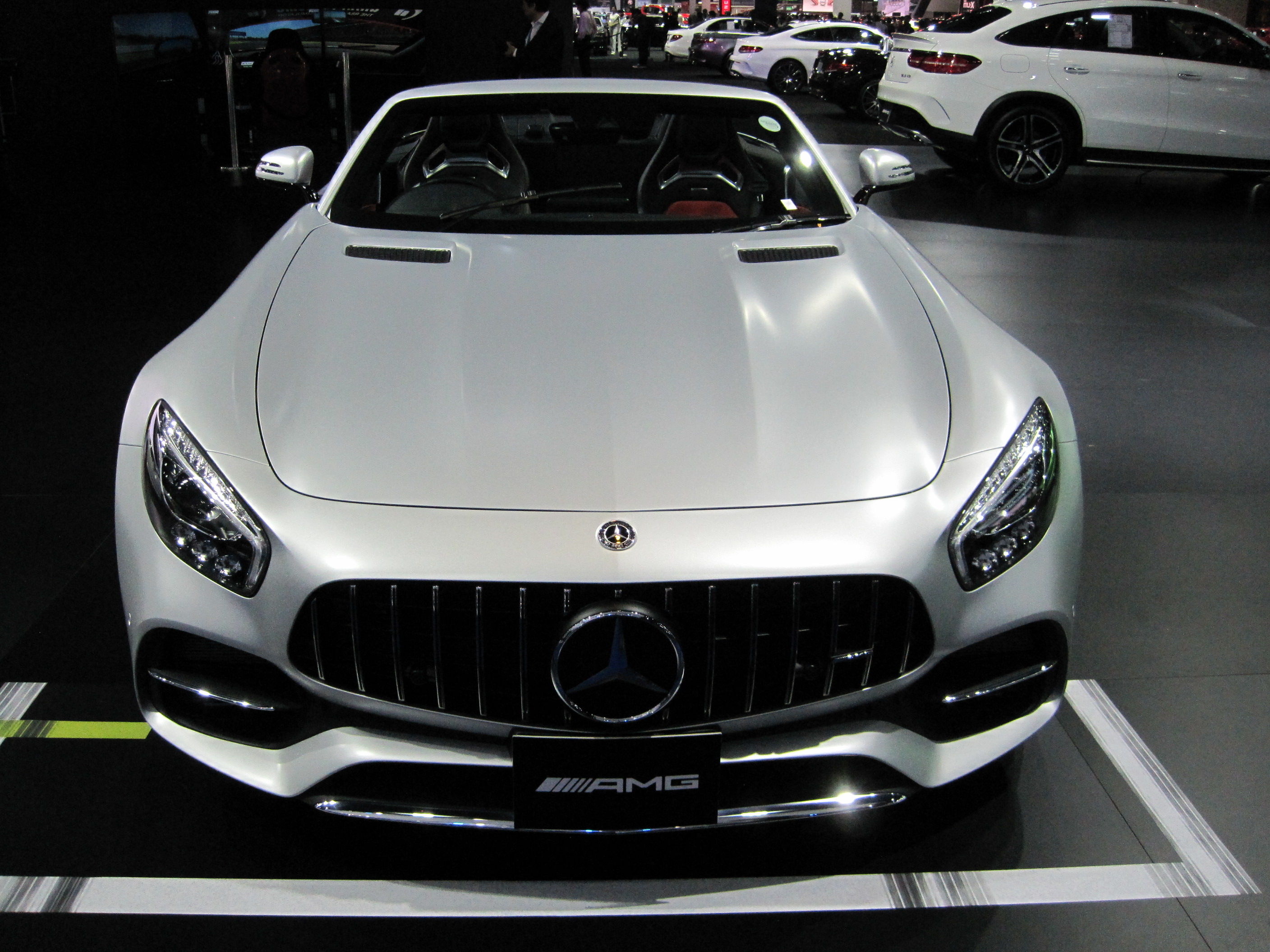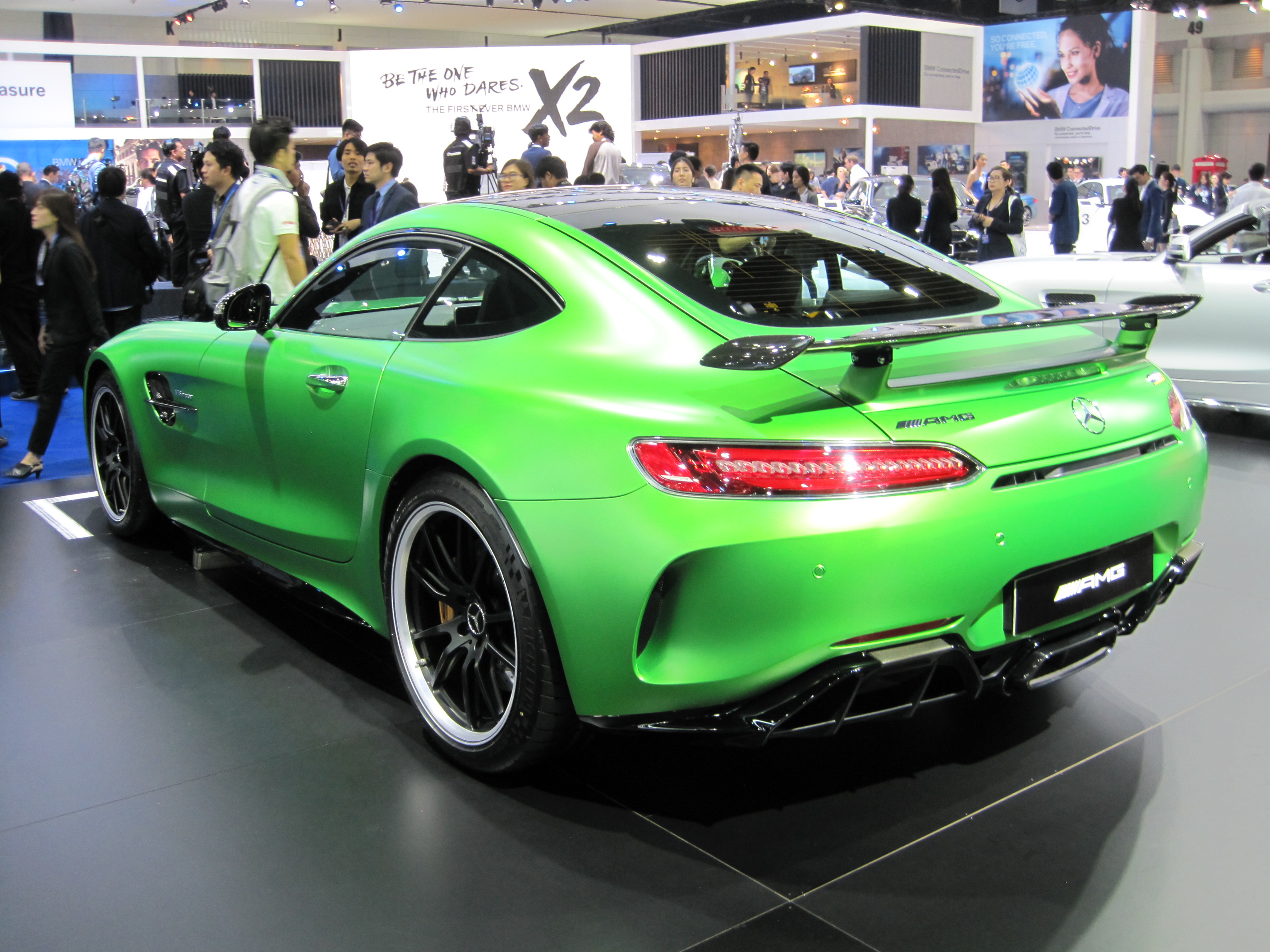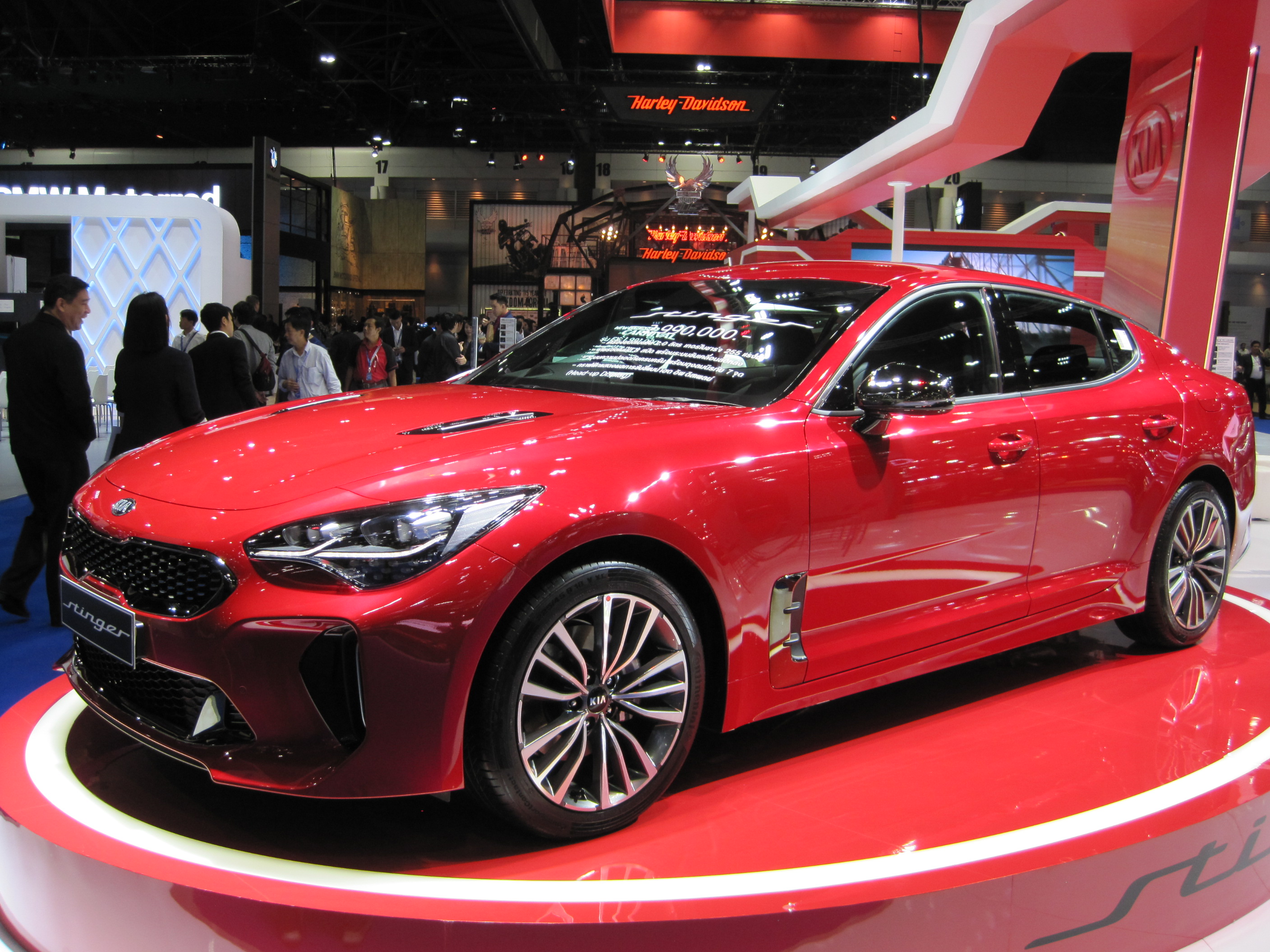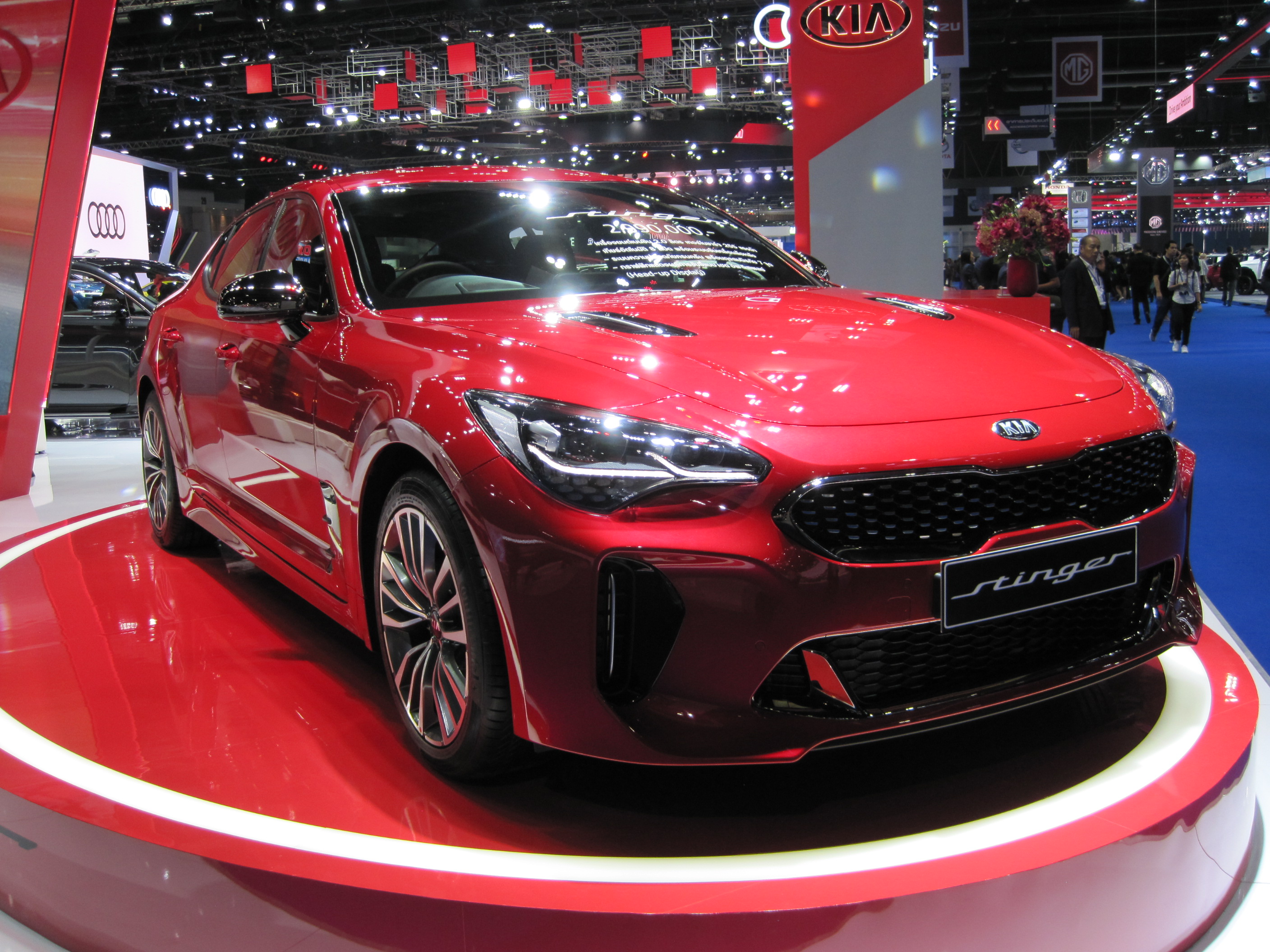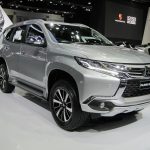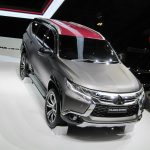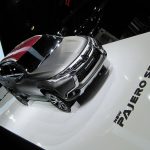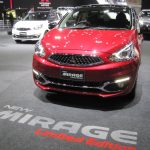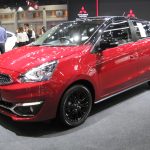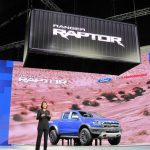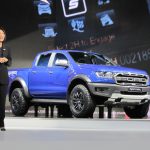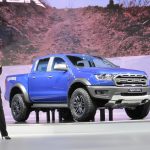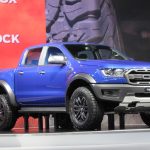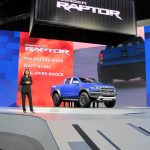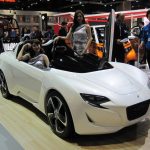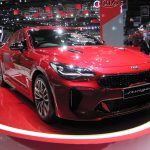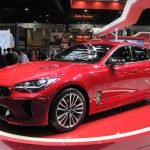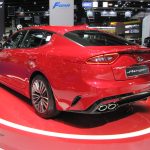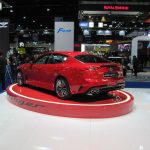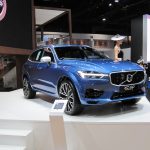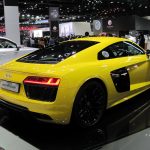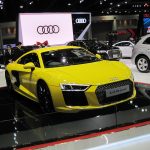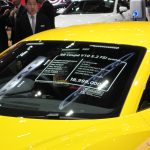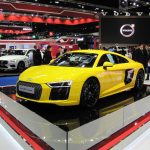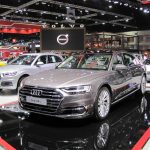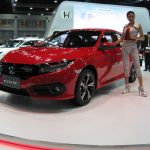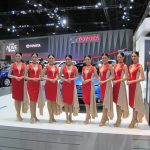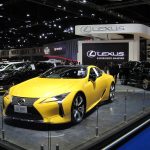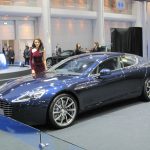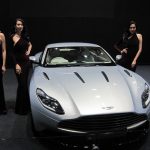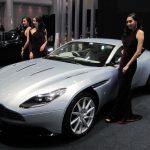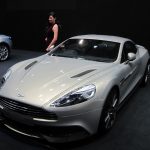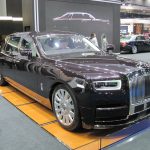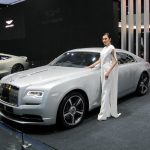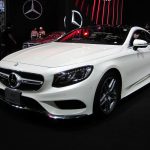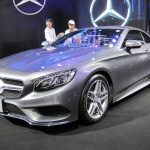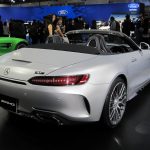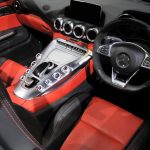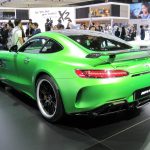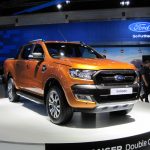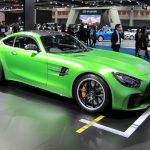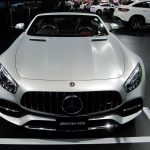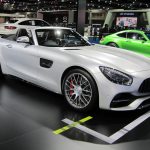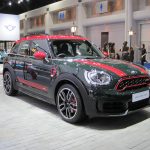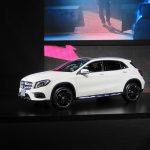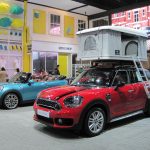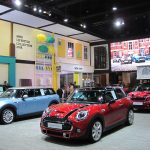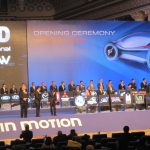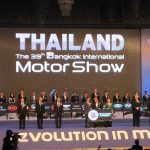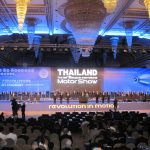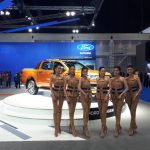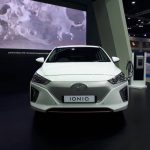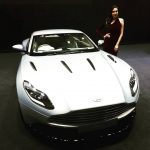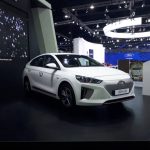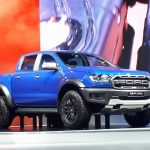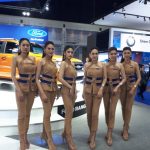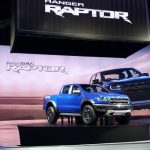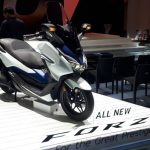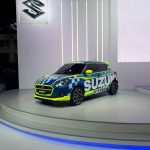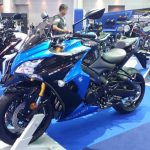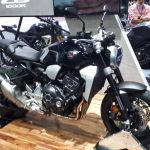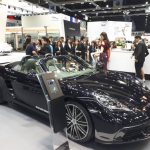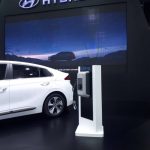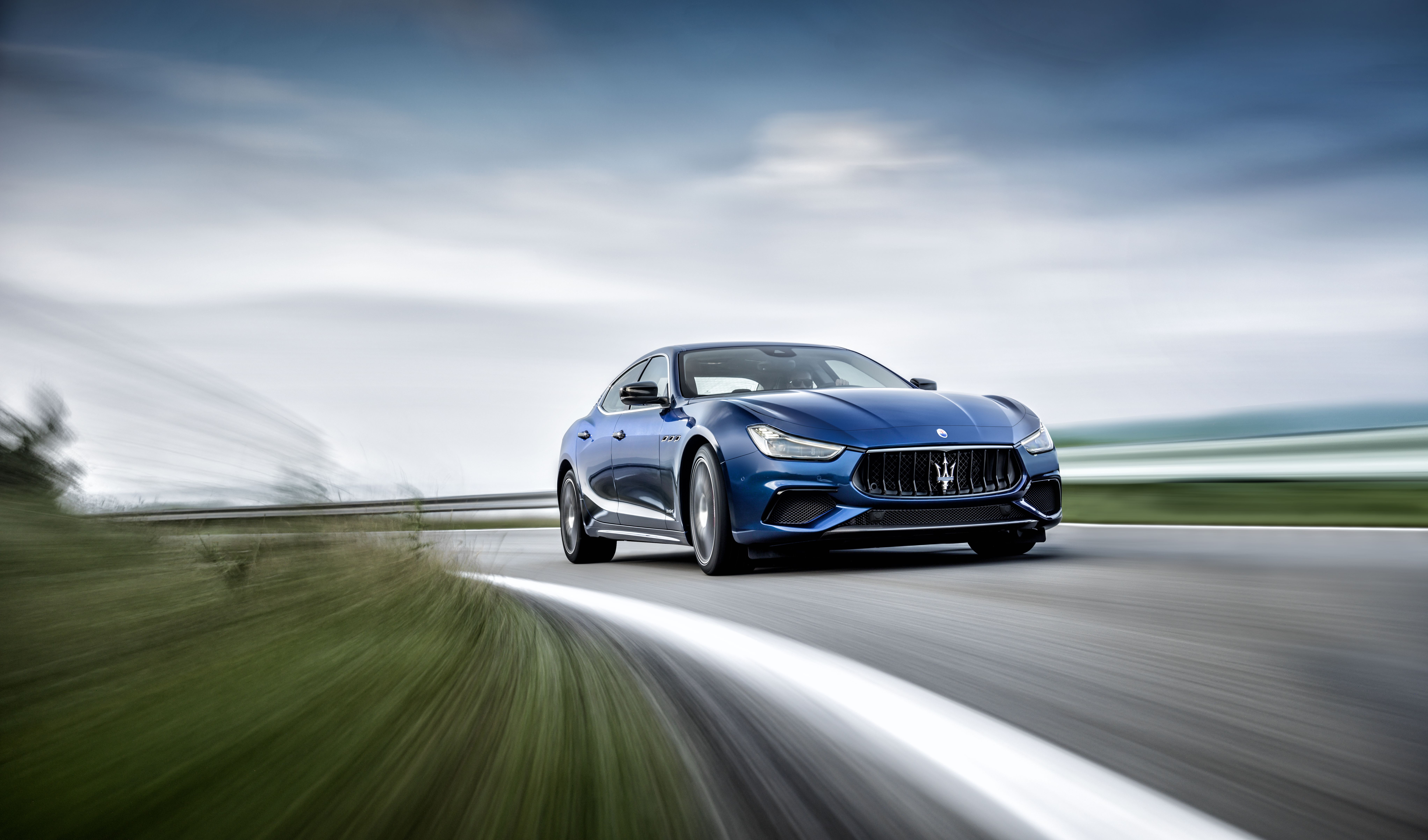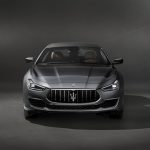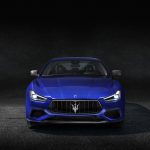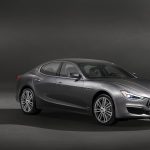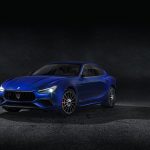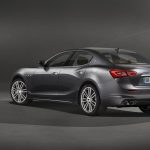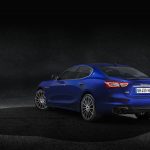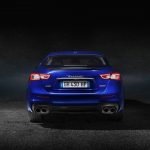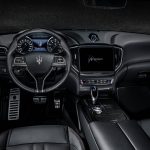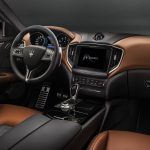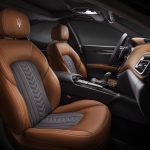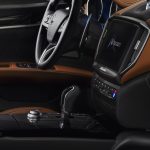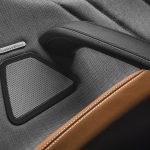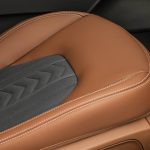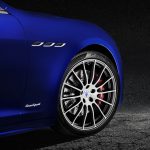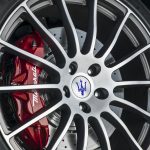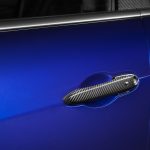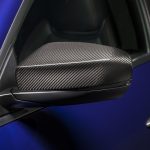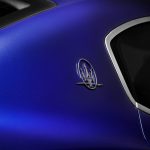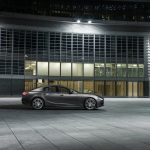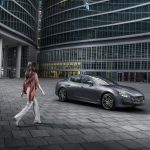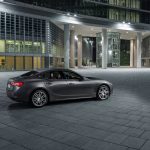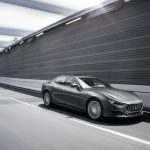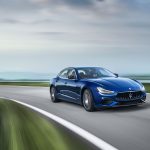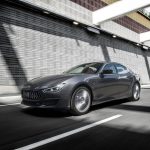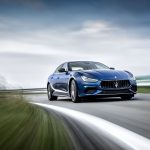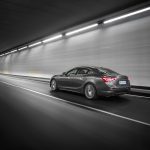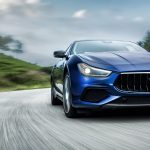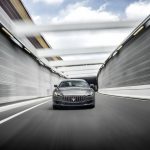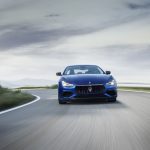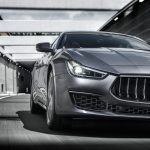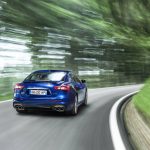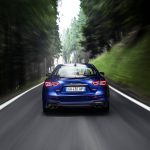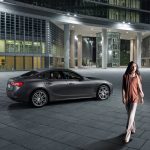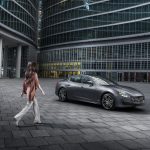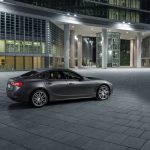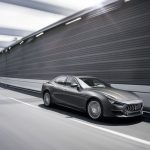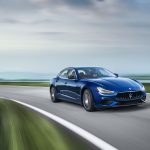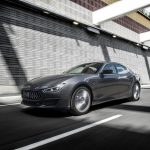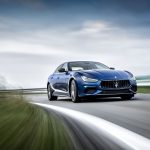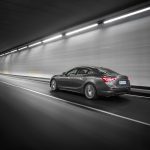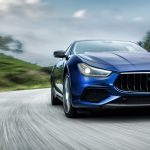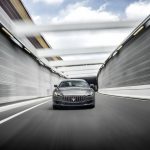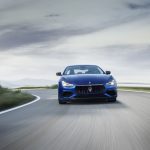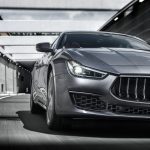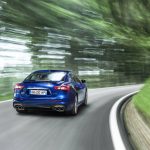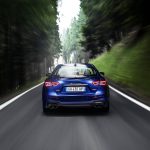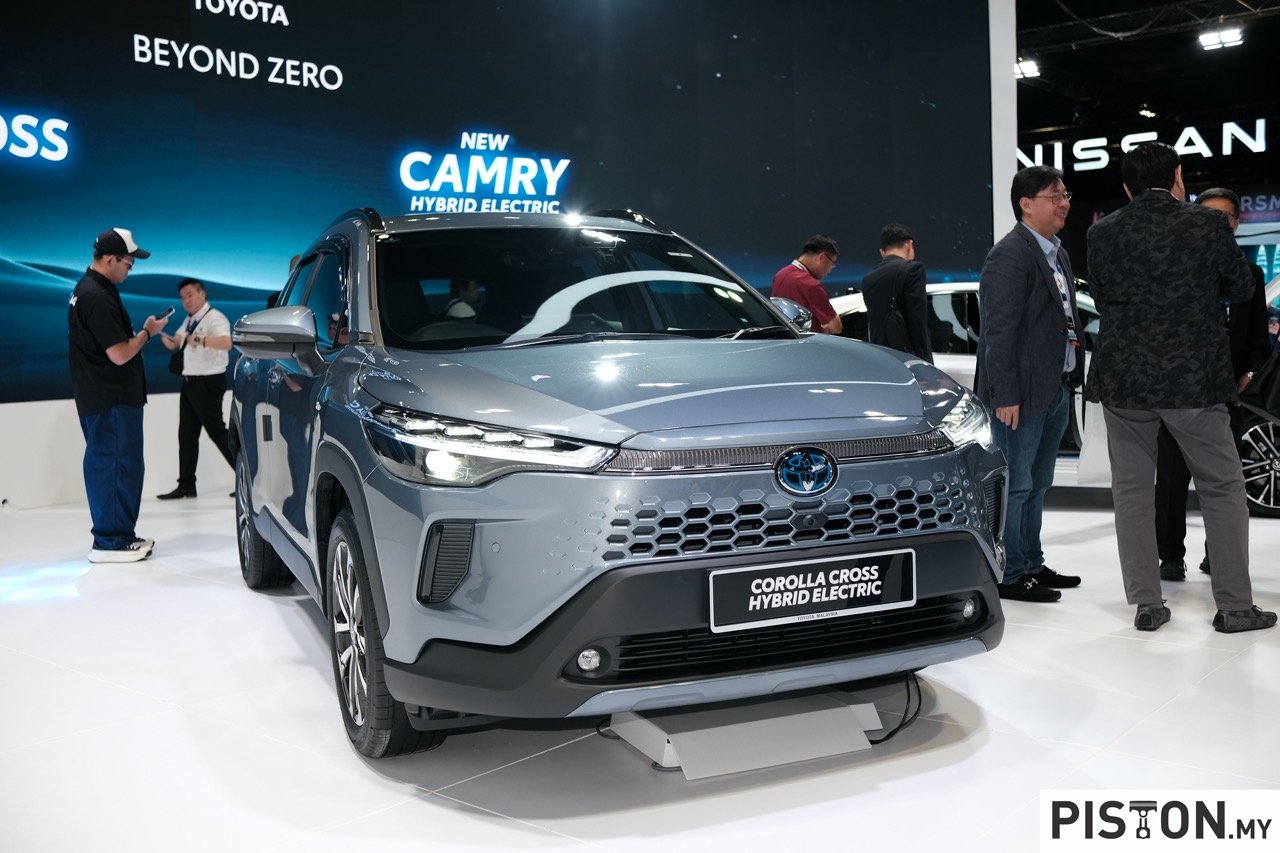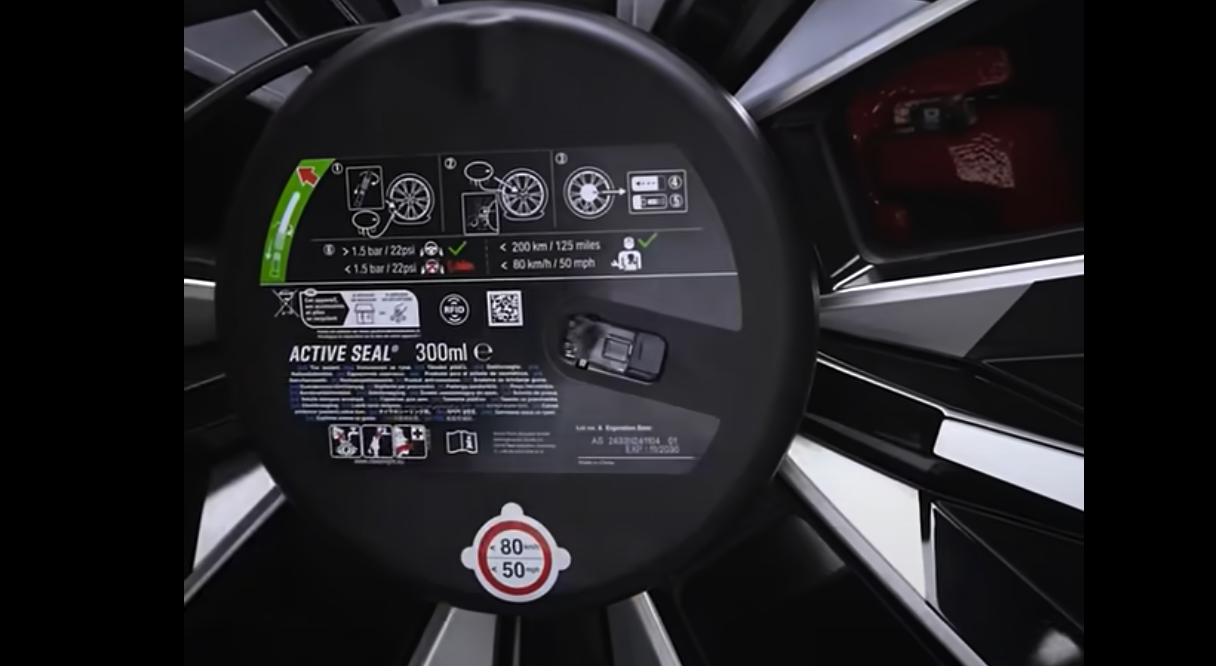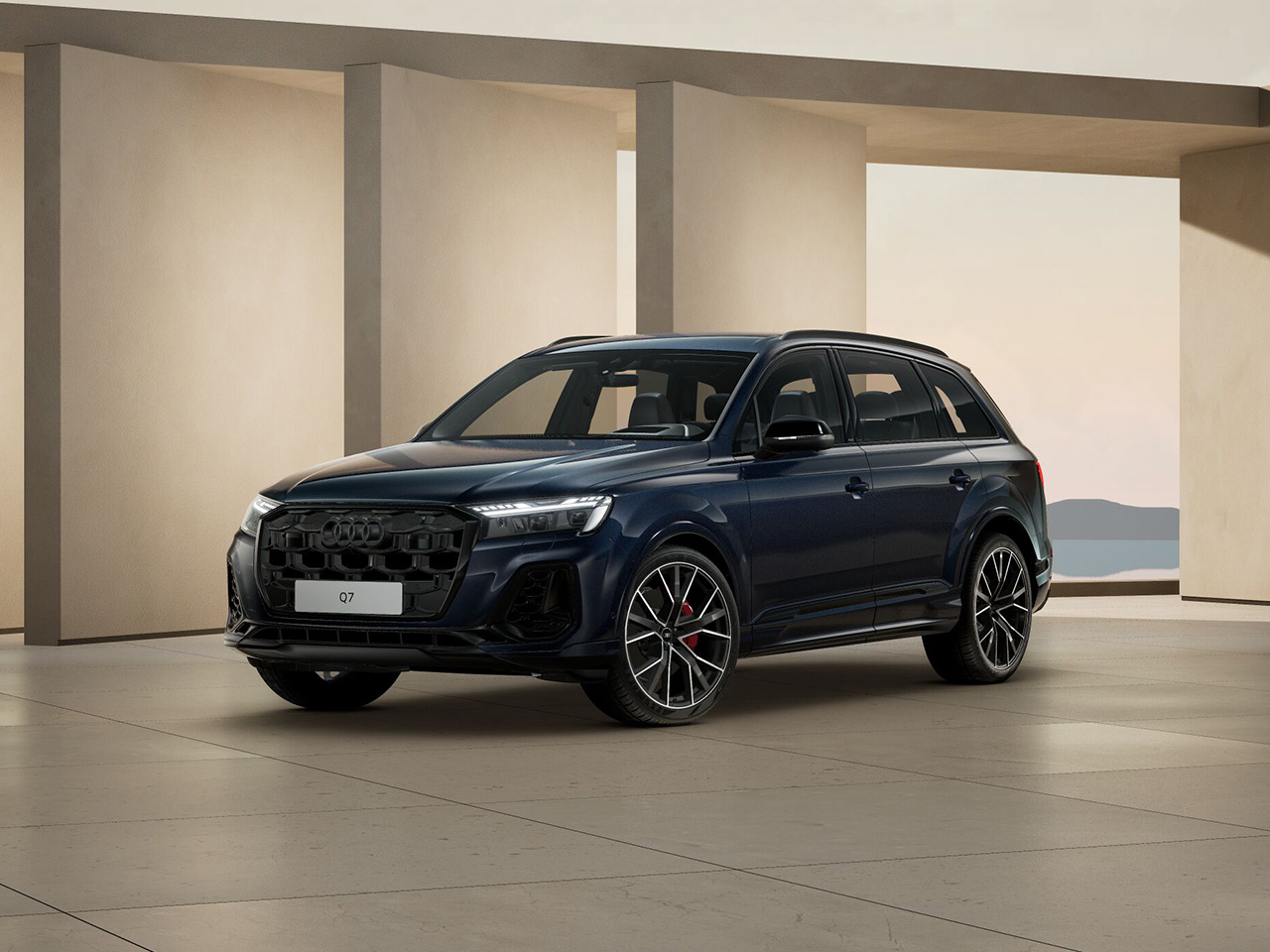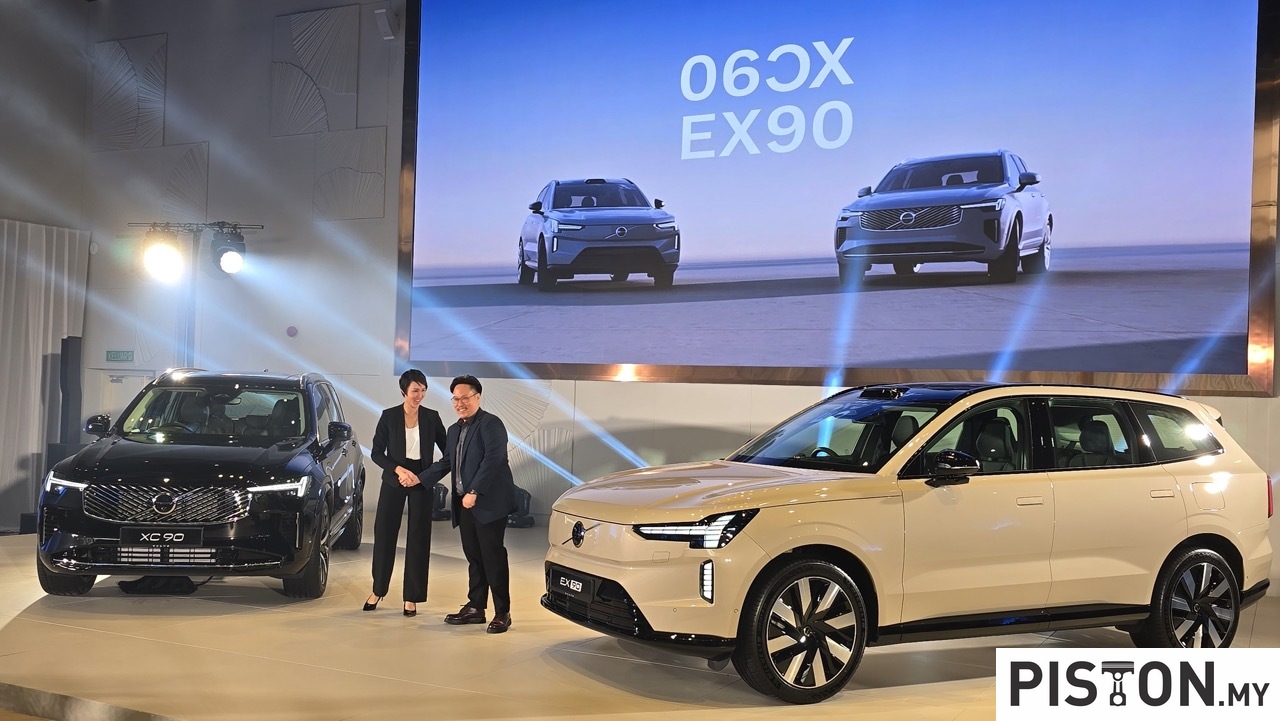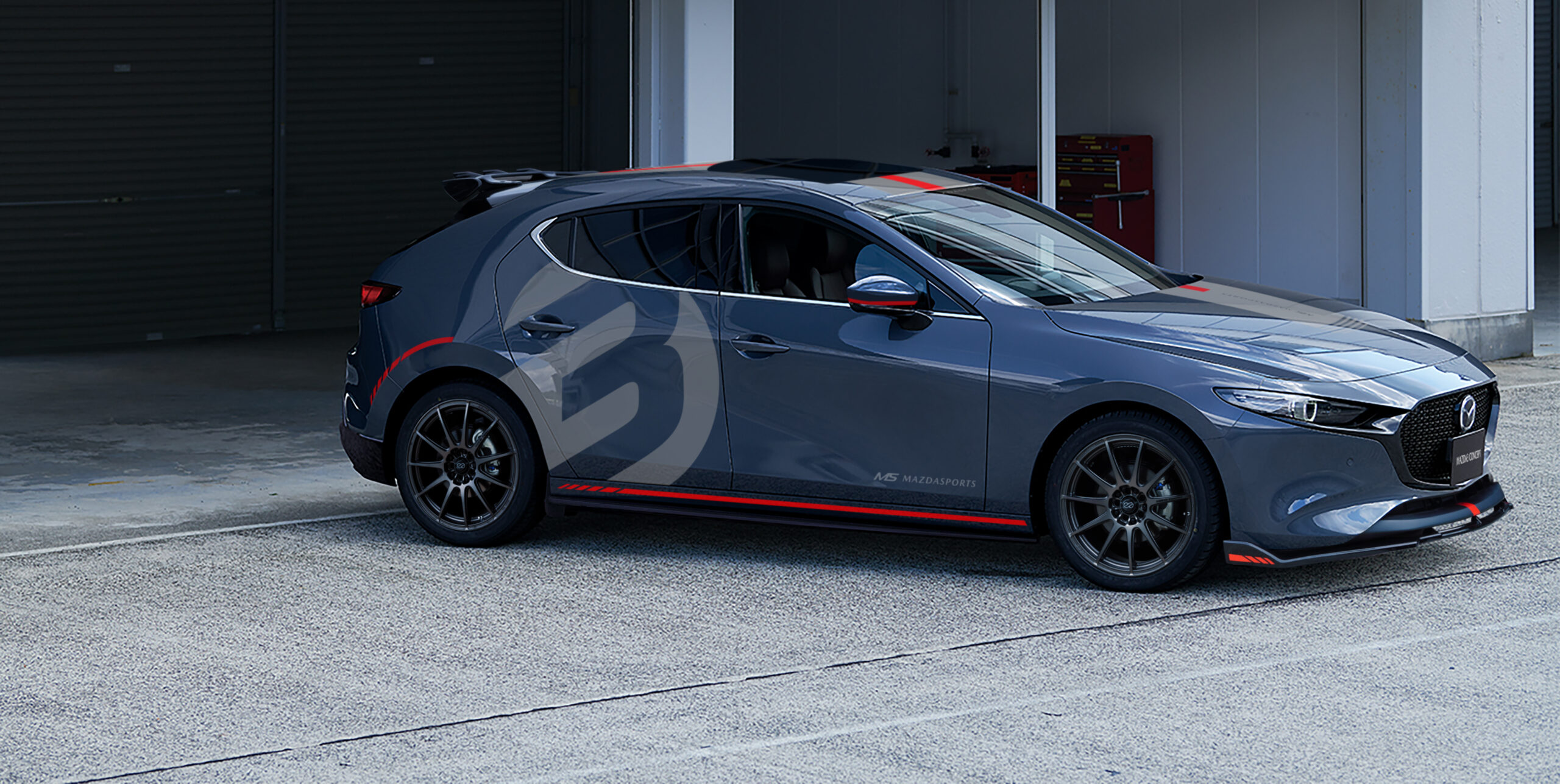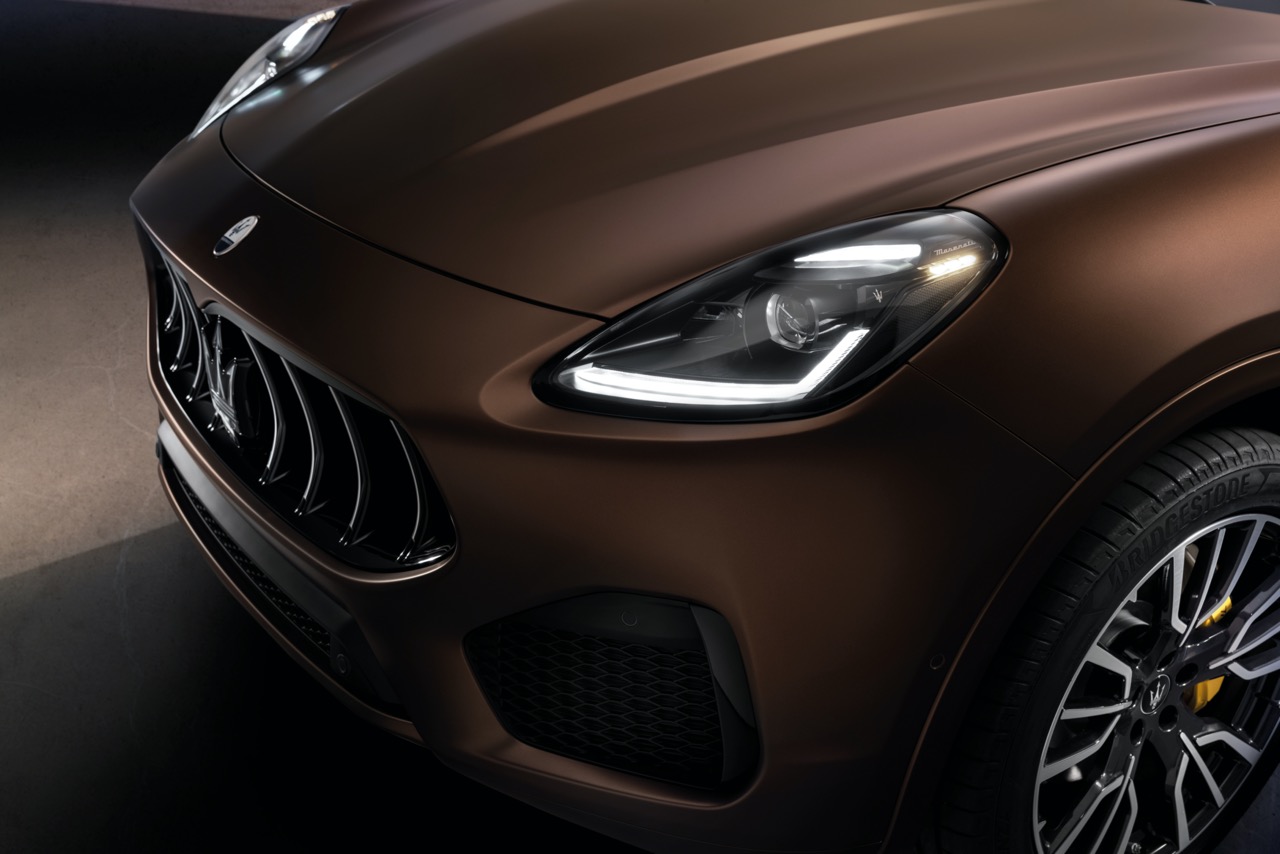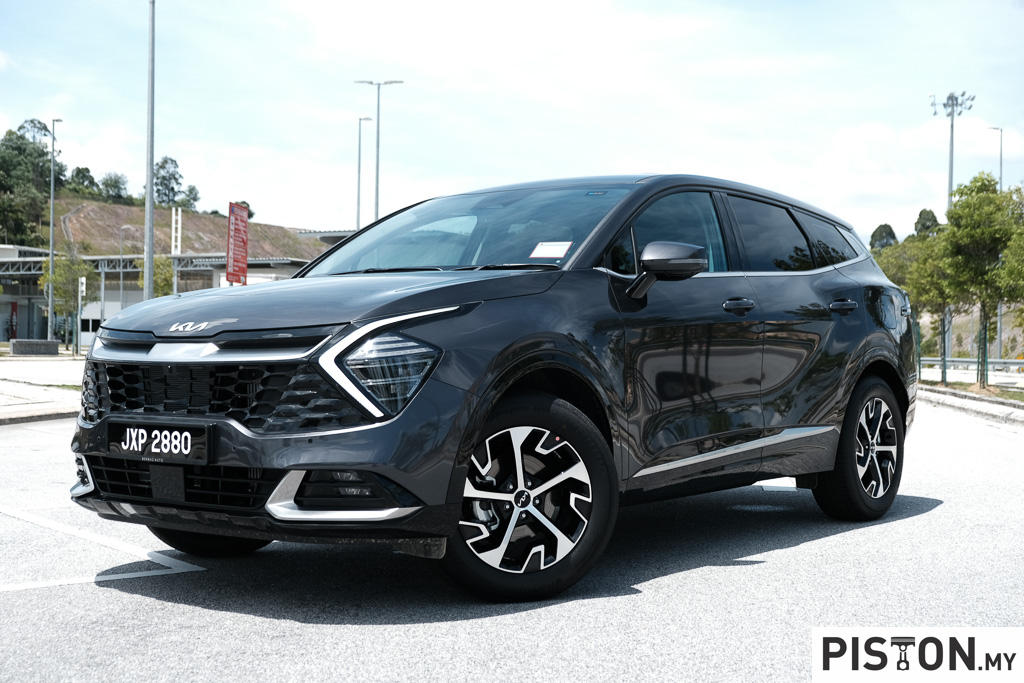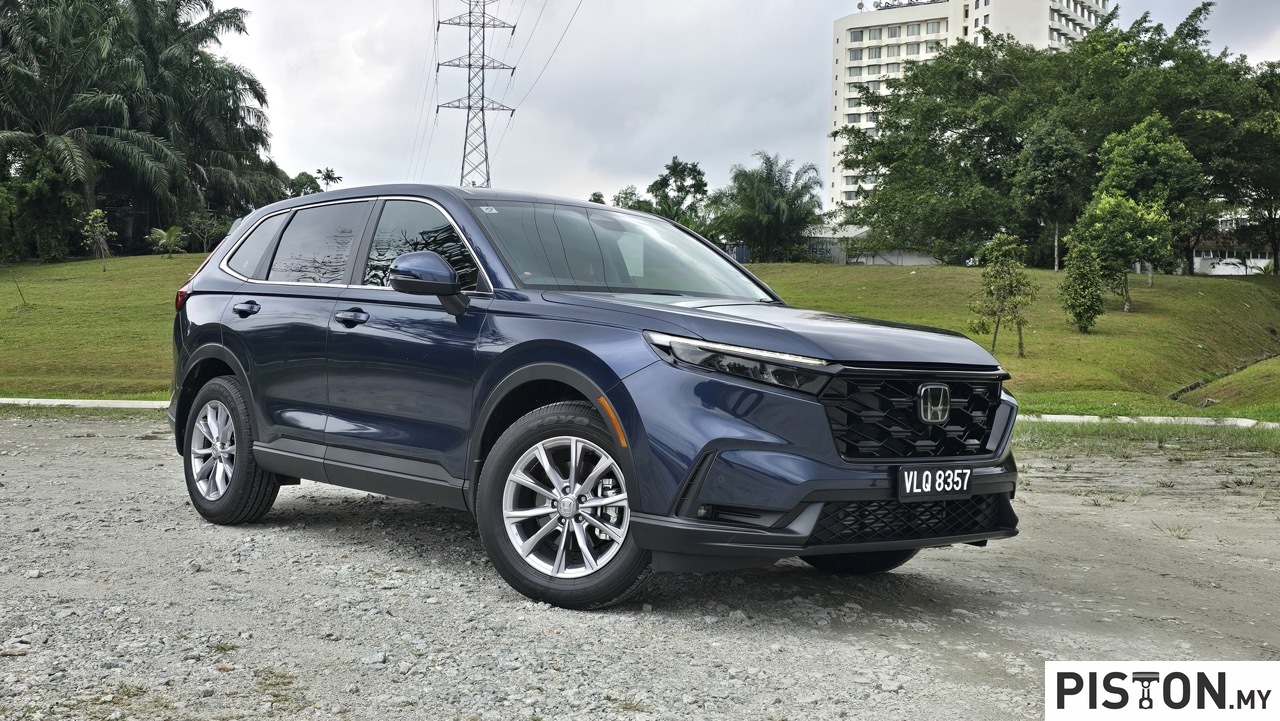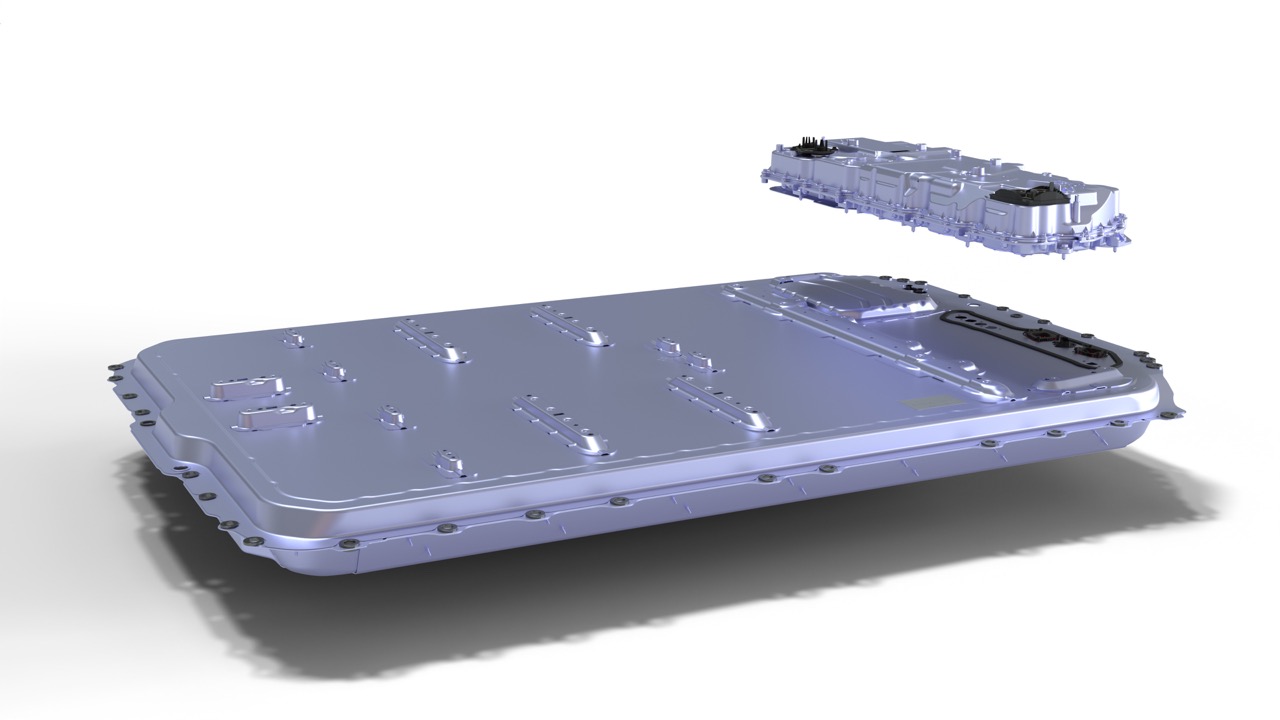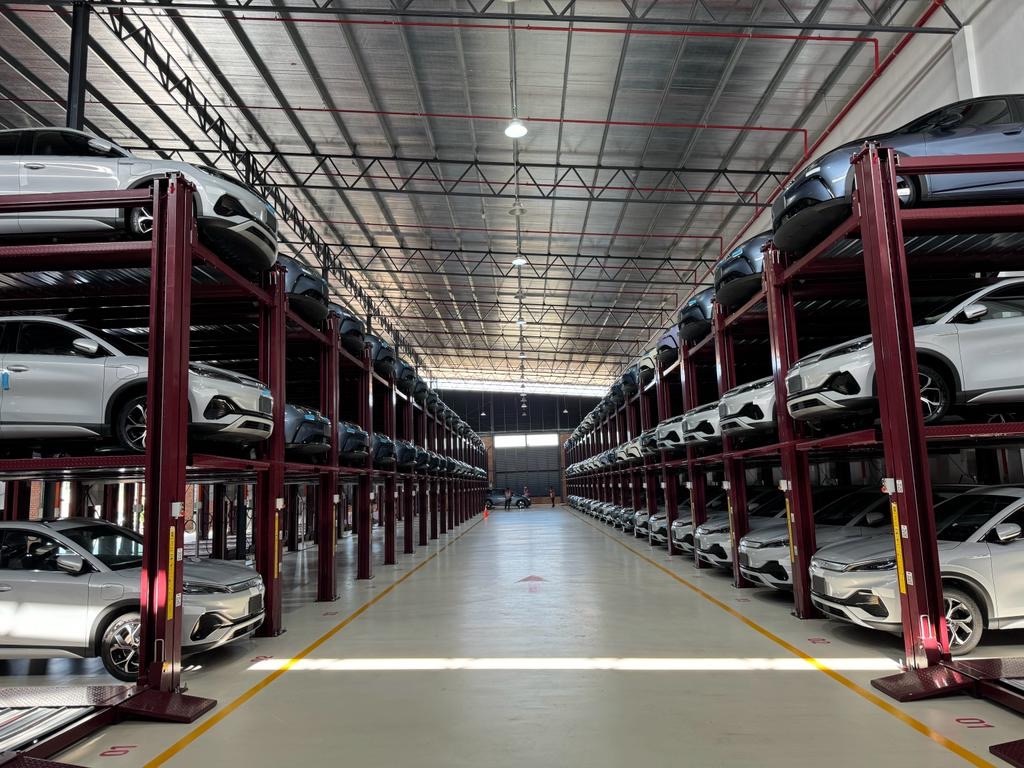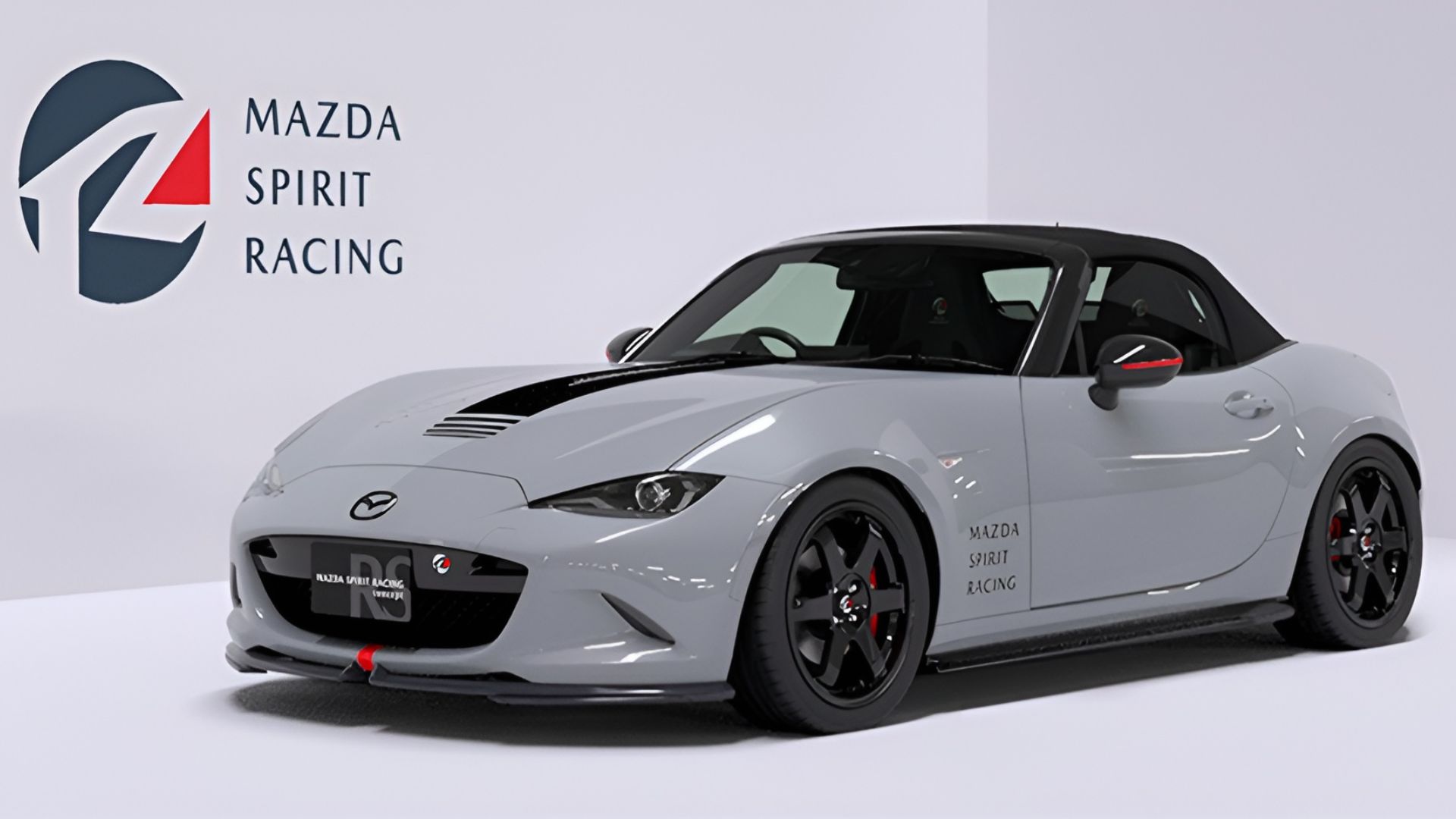The 2018 Maserati Ghibli, the marque’s best-selling vehicle in its history is now available to the Malaysian market at Naza Italia, the official importer and distributor for Maserati. The 2018 Maserati Ghibli comes with subtle restyling and a rich array of hi-tech features. Two distinctive trims are included in the new model range, each using their own exclusive voice to bring out the luxurious elegance and race-bred performance unique to Maserati.
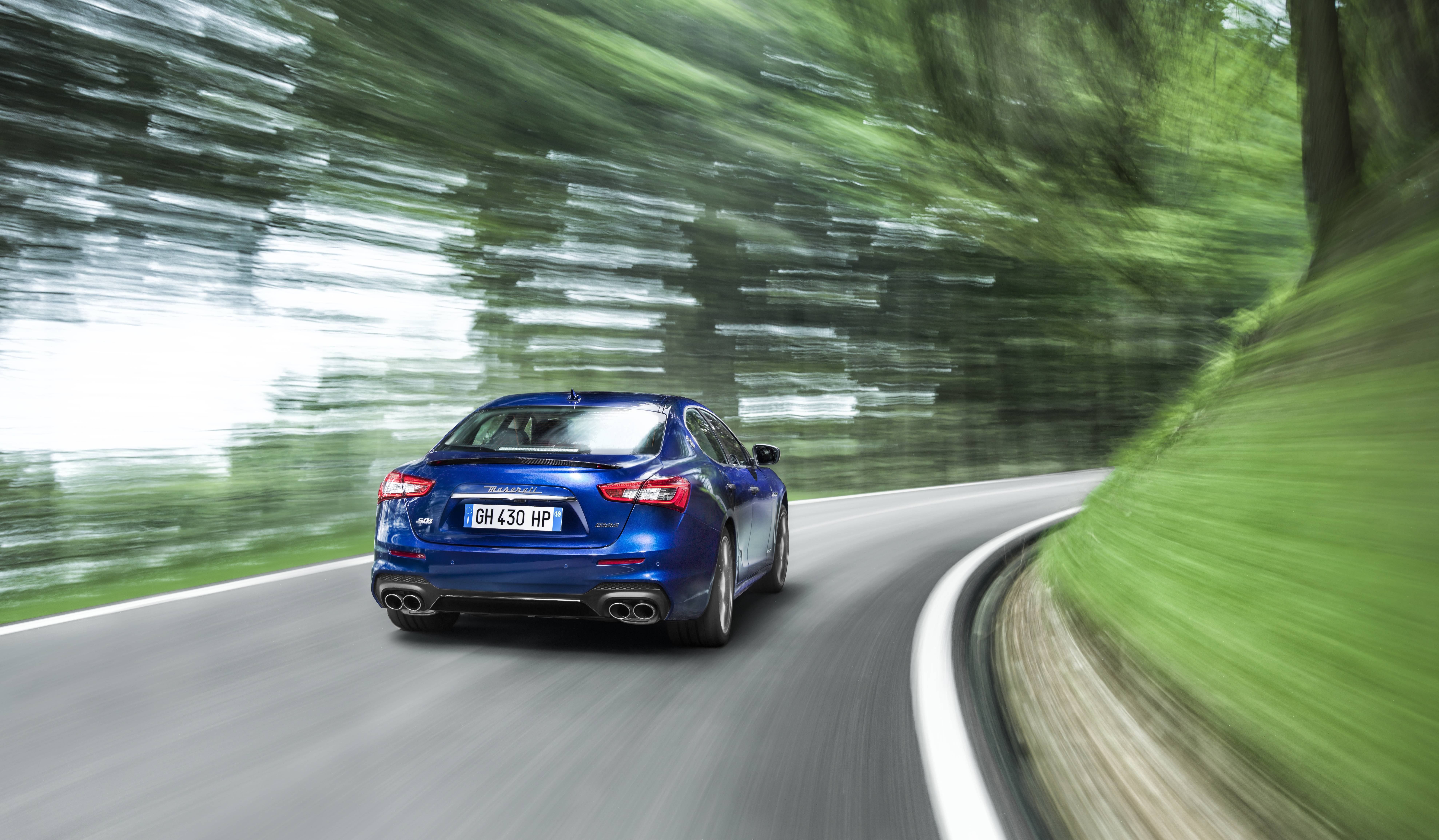
Datuk Wira Hj SM Faisal Tan Sri SM Nasimuddin, Naza World Group Executive Chairman, said, “After four years of remarkable success in the international and local markets, the Ghibli’s exterior has been respectfully restyled to emphasize both its elegance and its sportiness – the pillars of Maserati signature personality. Faithful to its DNA, the new Ghibli range offers unmistakable class, top-quality performance and a stylish yet comfortable driving experience. Malaysian Maserati aficionados are bound to be excited with this latest Maserati offering.”
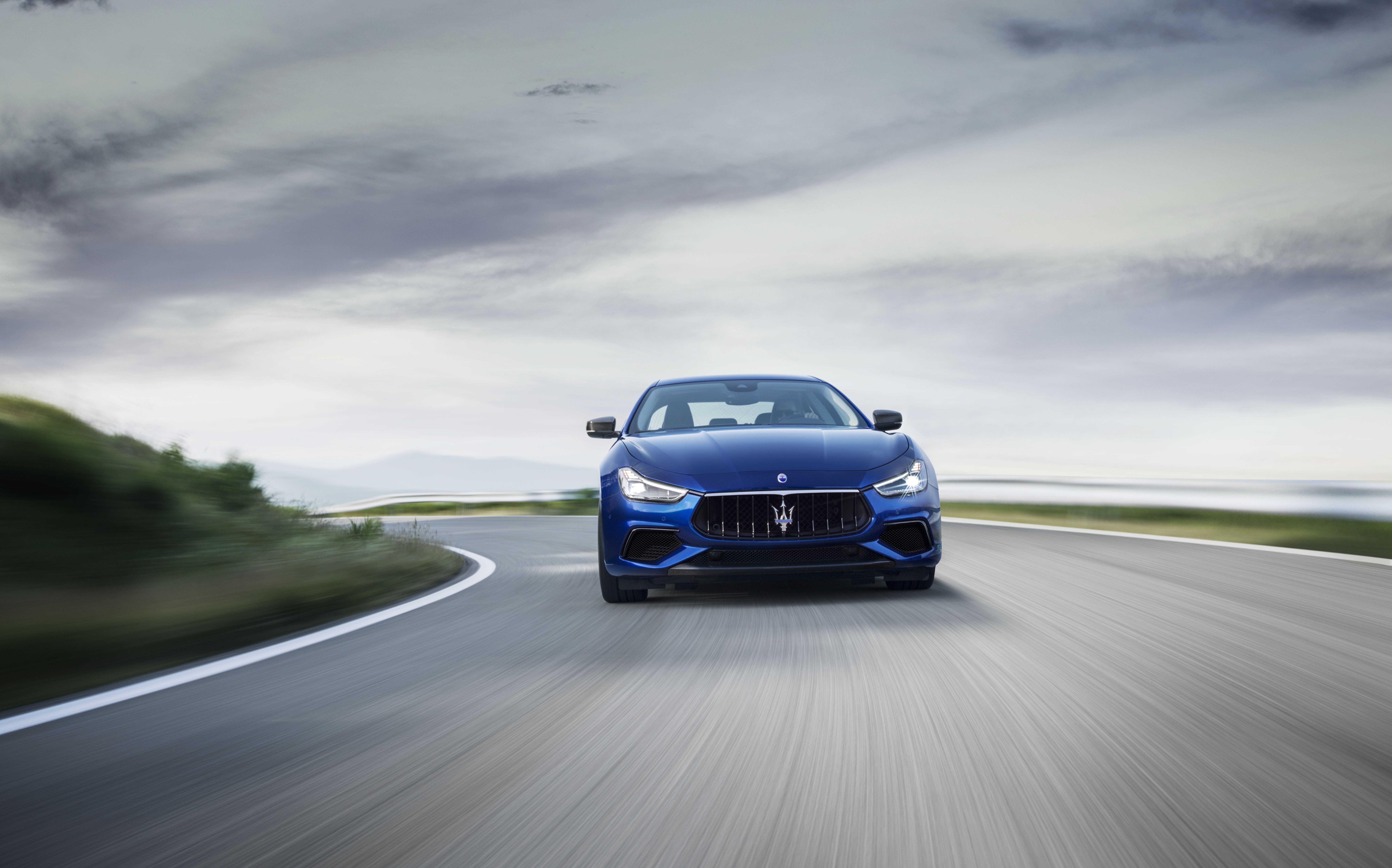
The new Ghibli which made its debut in the 2017 Frankfurt Motorshow shares its core architecture – chassis, suspension layout, V6 engines and eight-speed ZF automatic transmission with the flagship Maserati Quattroporte but is 293 mm shorter and 50 kg lighter.
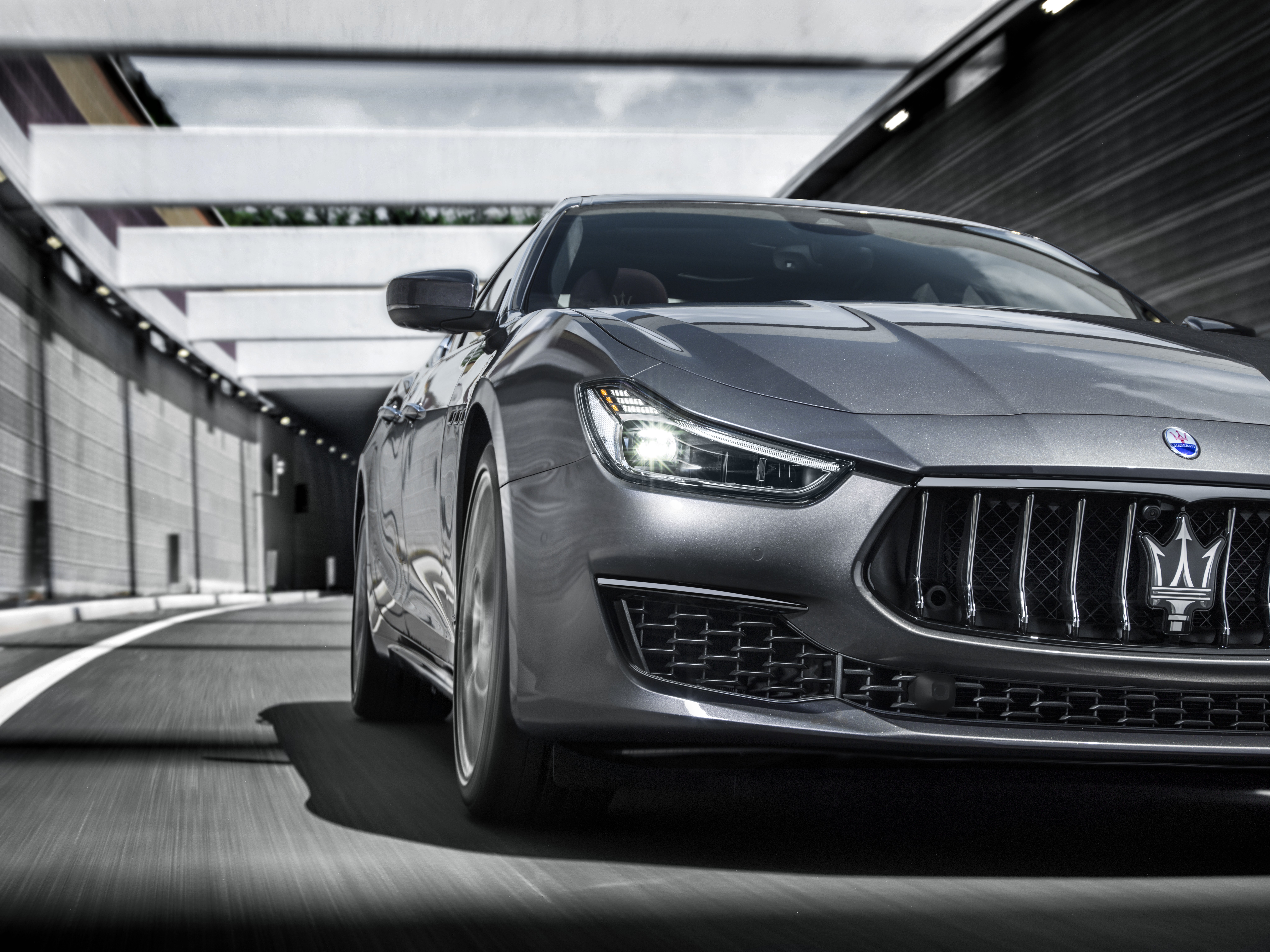
The car’s perfect weight distribution, front double-wishbone/rear multi-link suspension and standard Limited-Slip Differential (LSD), guarantee the razor-sharp road handling for which Maserati models are famed. The five-star Euro NCAP safety rating and integrated Advanced Driving Assistance Systems ensure total peace of mind for both driver and passengers.
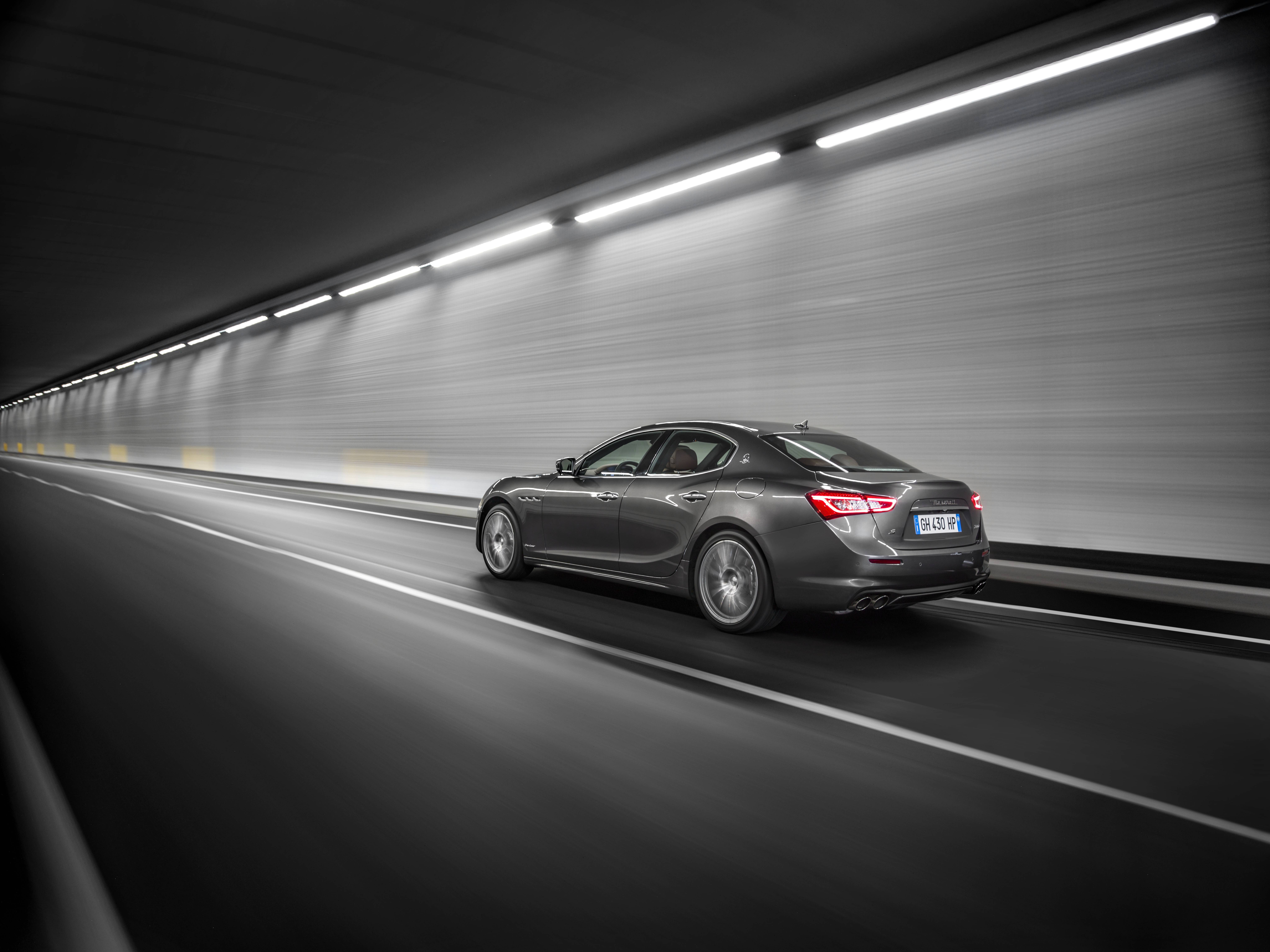
The new trim strategy enriches the experience with two distinctive trims – GranLusso and GranSport. Both are available as an upgrade of the all-powerful versions – Ghibli 350 Hp and Ghibli S 430Hp.
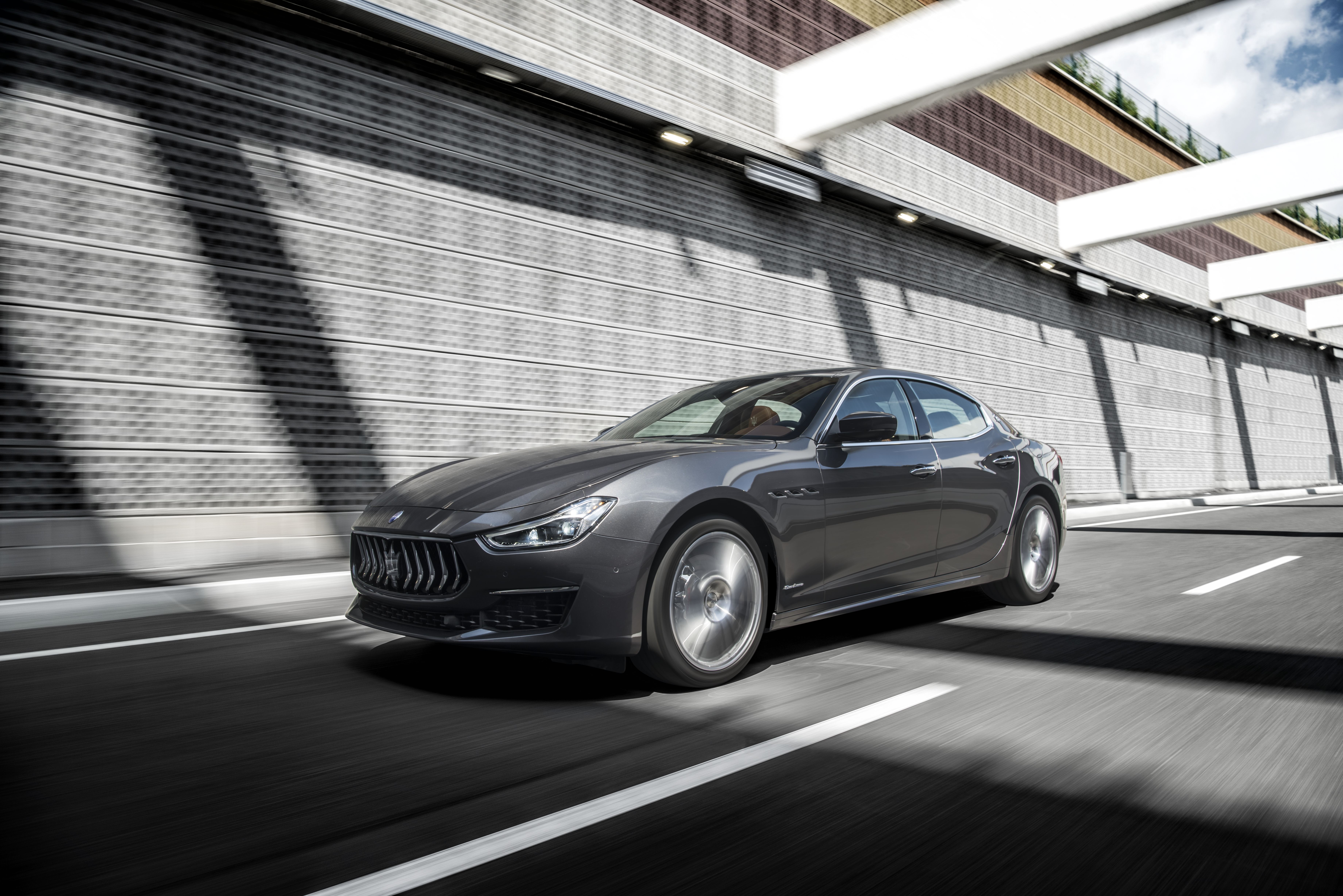
Ghibli GranLusso and GranSport are both immediately recognisable thanks to their unique exterior features and exclusive interiors. The exterior design stands out for its coupe-like attitude as well as for several unique features: the distinctive C-pillar bearing the iconic Saetta logo, the frameless doors, the pronounced grille that resembles iconic Maserati cars of the ‘50s, and the range-standard quadruple chromium-plated exhaust pipes.
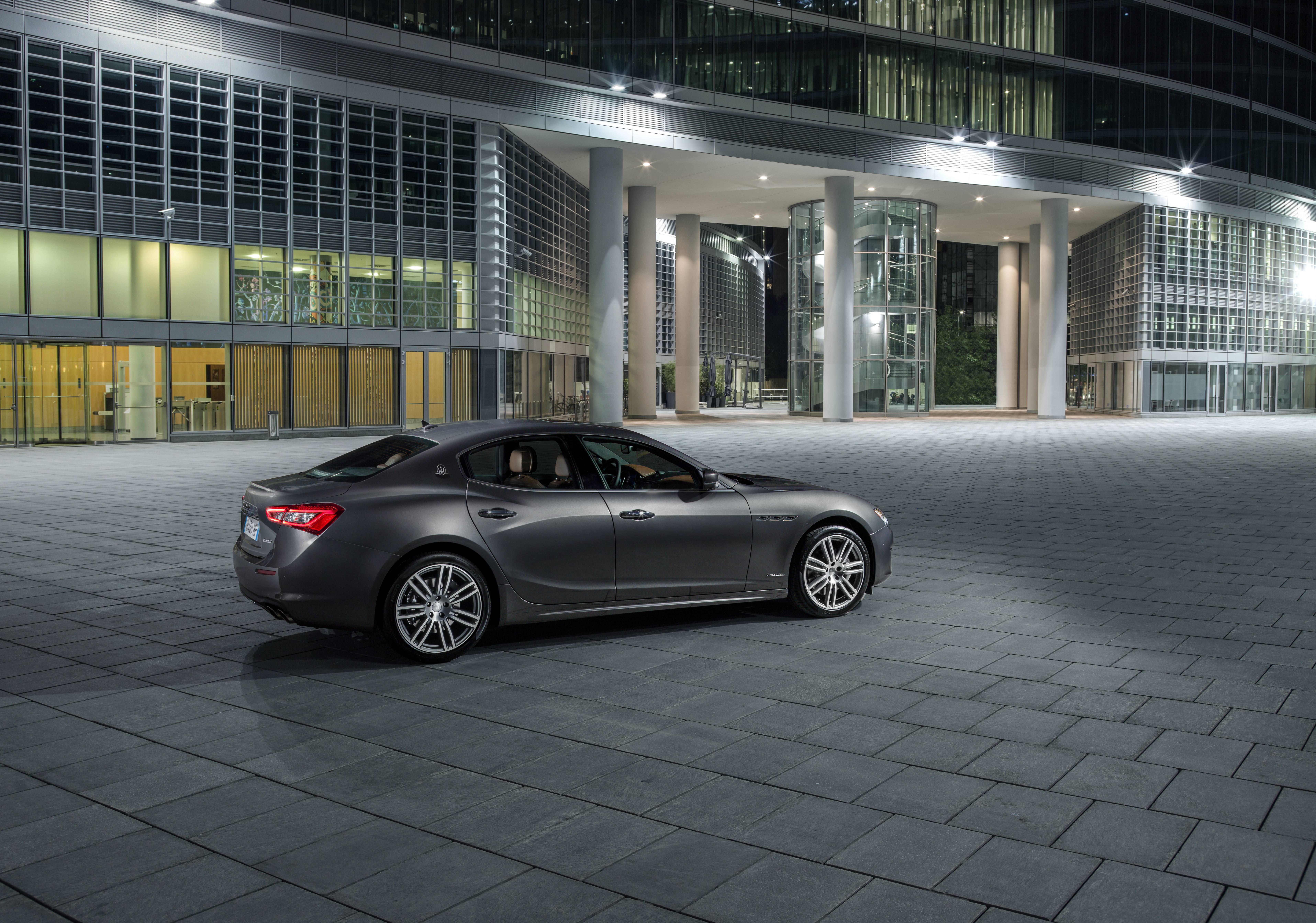
The addition of the Ghibli GranLusso and GranSport to the range drove the Design Centre in Turin to give each trim a clear identity, primarily by restyling the front and rear bumpers. While visually discreet, this aerodynamically optimised changes accentuate the original’s sporty yet luxurious style.
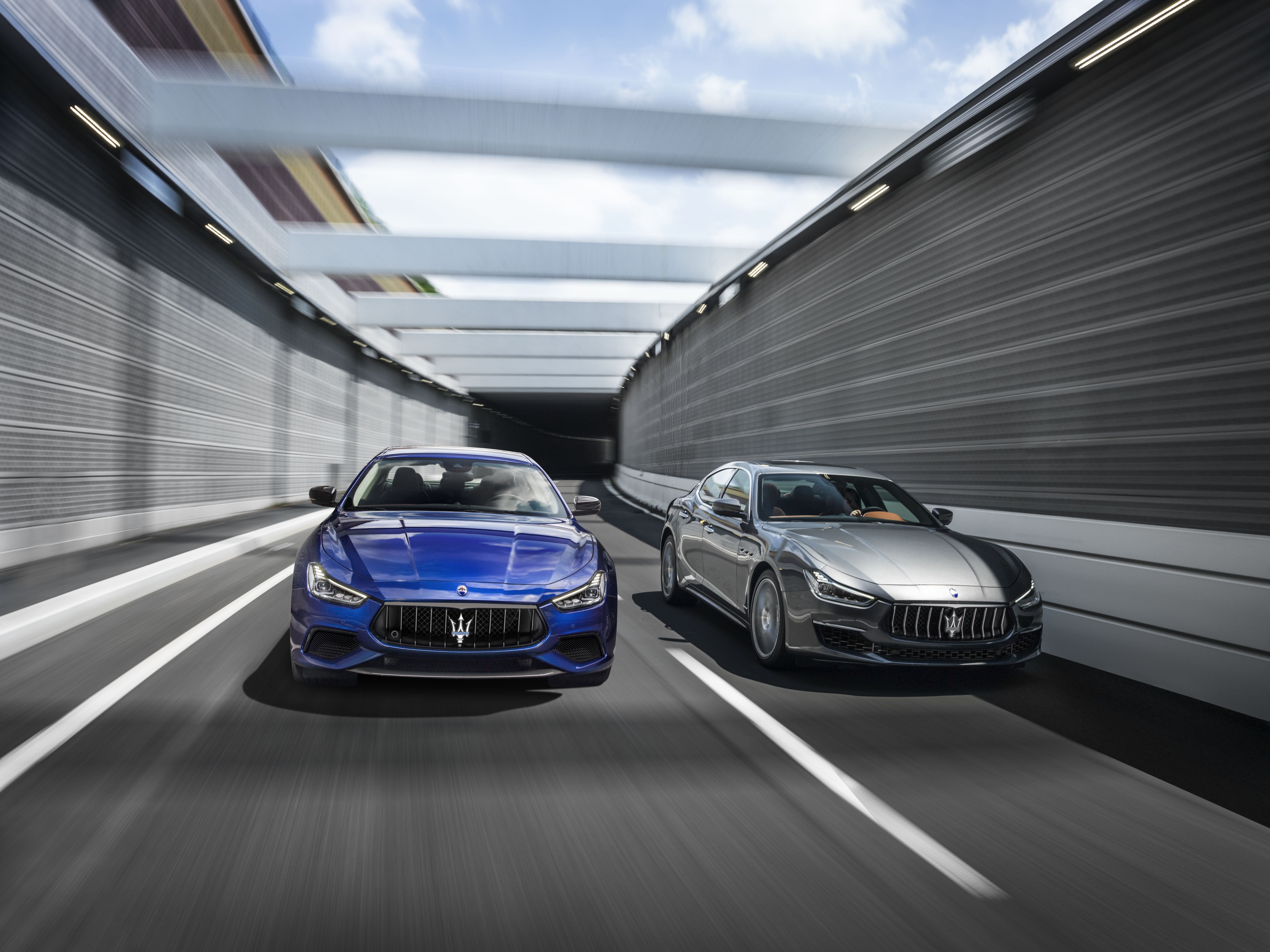
The aerodynamic efficiency of the restyled Ghibli has improved by 7%, reducing the drag coefficient to 0.29 from 0.31 in 2017.
All petrol versions of the Ghibli were manufactured by Ferrari in Maranello and feature the acclaimed Euro 6 homologated Twin Turbo 3.0-litre V6 engine, in conjunction with a ZF eight-speed automatic transmission.
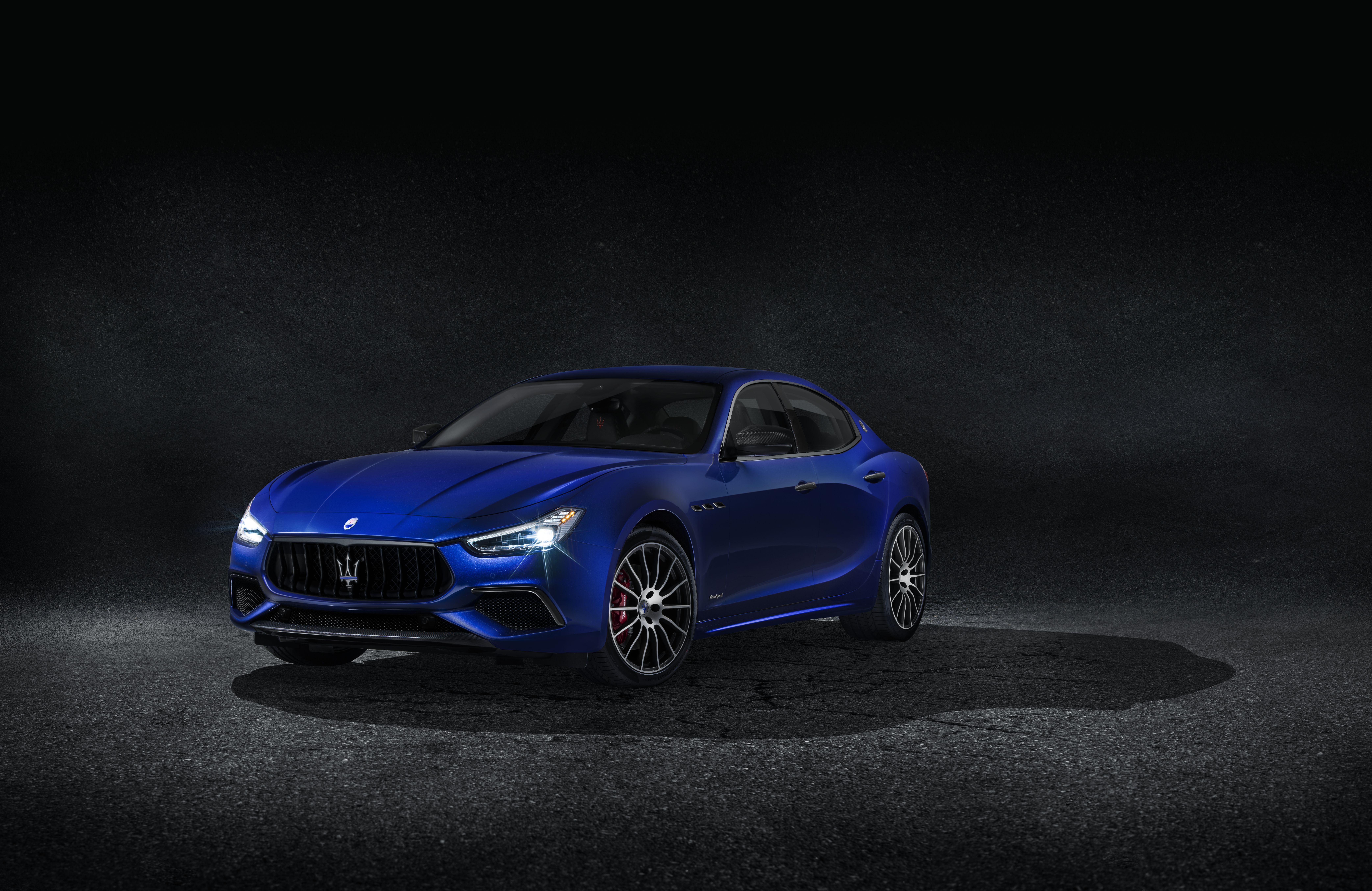
The top-range Ghibli S version now delivers 430 hp and 580 Nm peak torque, 20 Hp and 30 Nm more than the 2017 car. The increased power output gives the Maserati sports sedan a top speed of 286 km/h and better acceleration. The new Ghibli S accelerates from 0-100 km/h in 4.9 seconds.
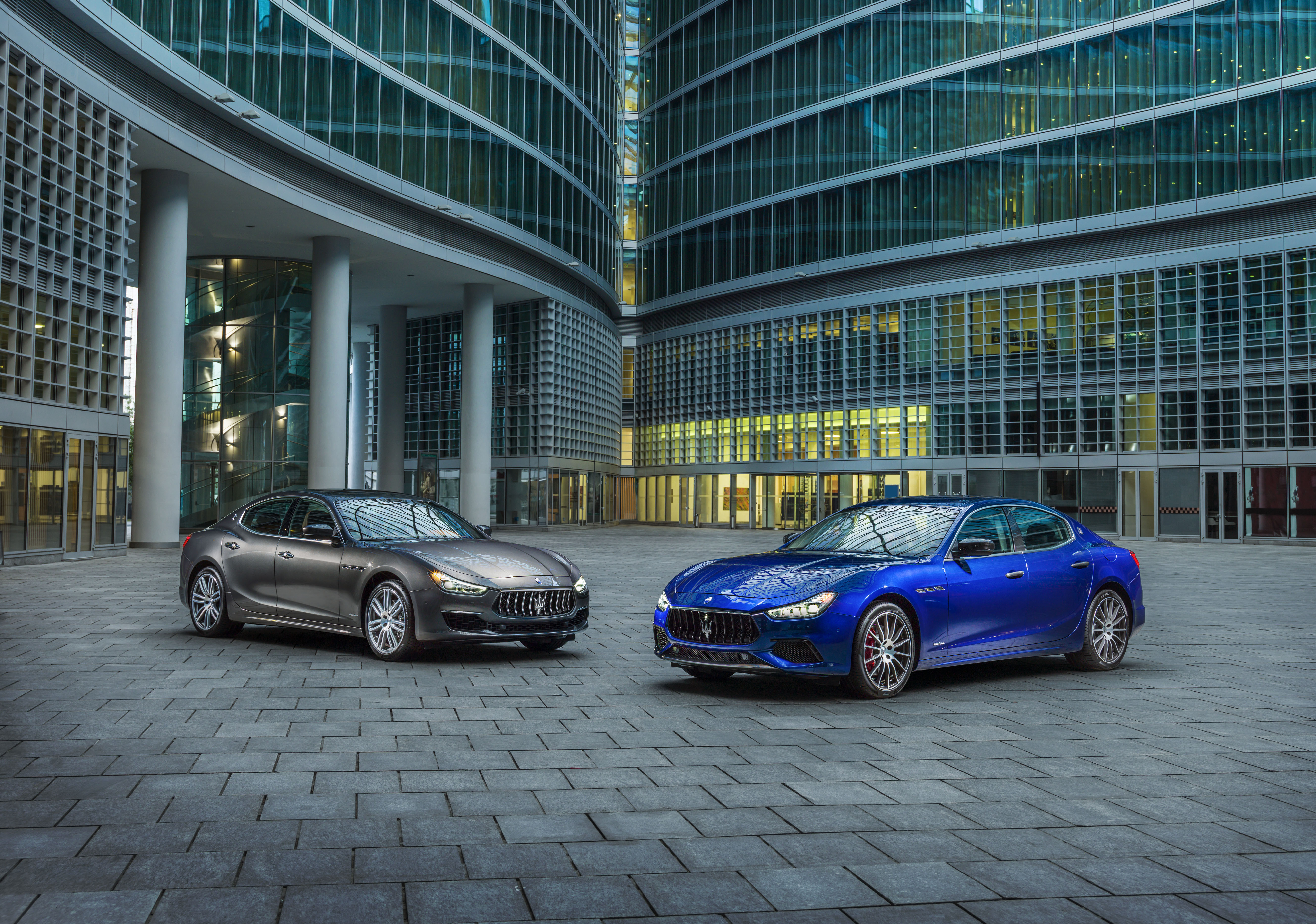
Ghibli and Quattroporte are the first Maserati models to adopt the Integrated Vehicle Control (IVC) system by Bosch, which helps to prevent (rather than simply correct) vehicle instability, providing enhanced active safety, improved driving dynamics and an even more thrilling performance. A new ADAS package is optionally available in the restyled Ghibli. In addition to the existing features, it includes functions like Highway Assist, Lane Keeping Assist, Active Blind Spot Assist and Traffic Sign Recognition.
Electric Power Steering (EPS) is another first for Maserati. This improves the car’s handling and comfort, better supports the driving modes and enables the newly-introduced active functions of the Advanced Driving Assistance Systems (ADAS), while retaining the classically Maserati razor-sharp steering feel.
GranLusso & GranSport: two distinct souls of Ghibli
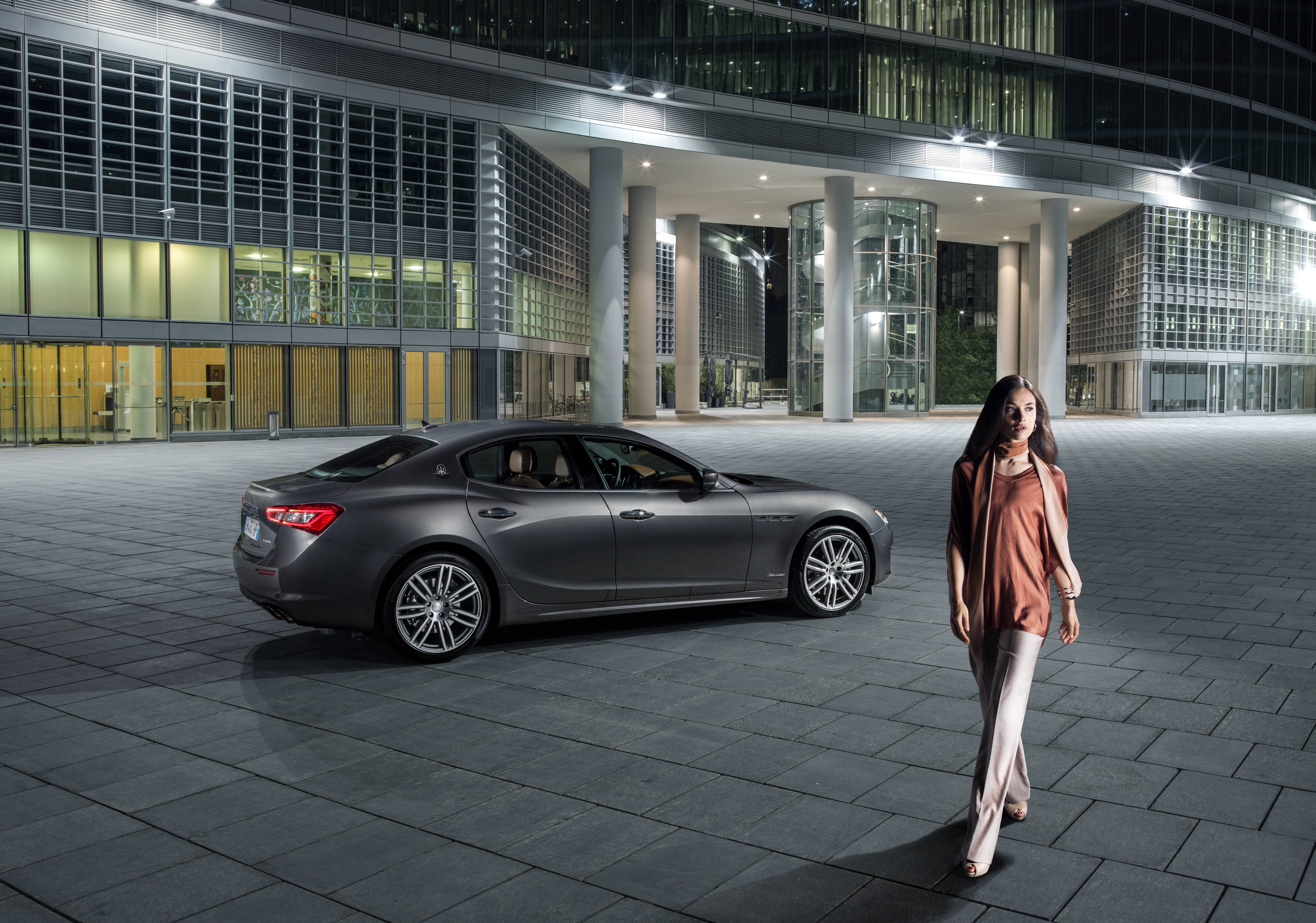
The baseline Ghibli and the new Ghibli GranLusso share the same design features while the Ghibli GranSport boasts a subtly different exterior that underlines its sportier character.
The front bumper incorporates a larger grille with a ‘sharknose’ profile and integrated chrome bars. This concave grille is inspired by the Alfieri Concept and adds a three-dimensional effect to the car’s frontal aspect.
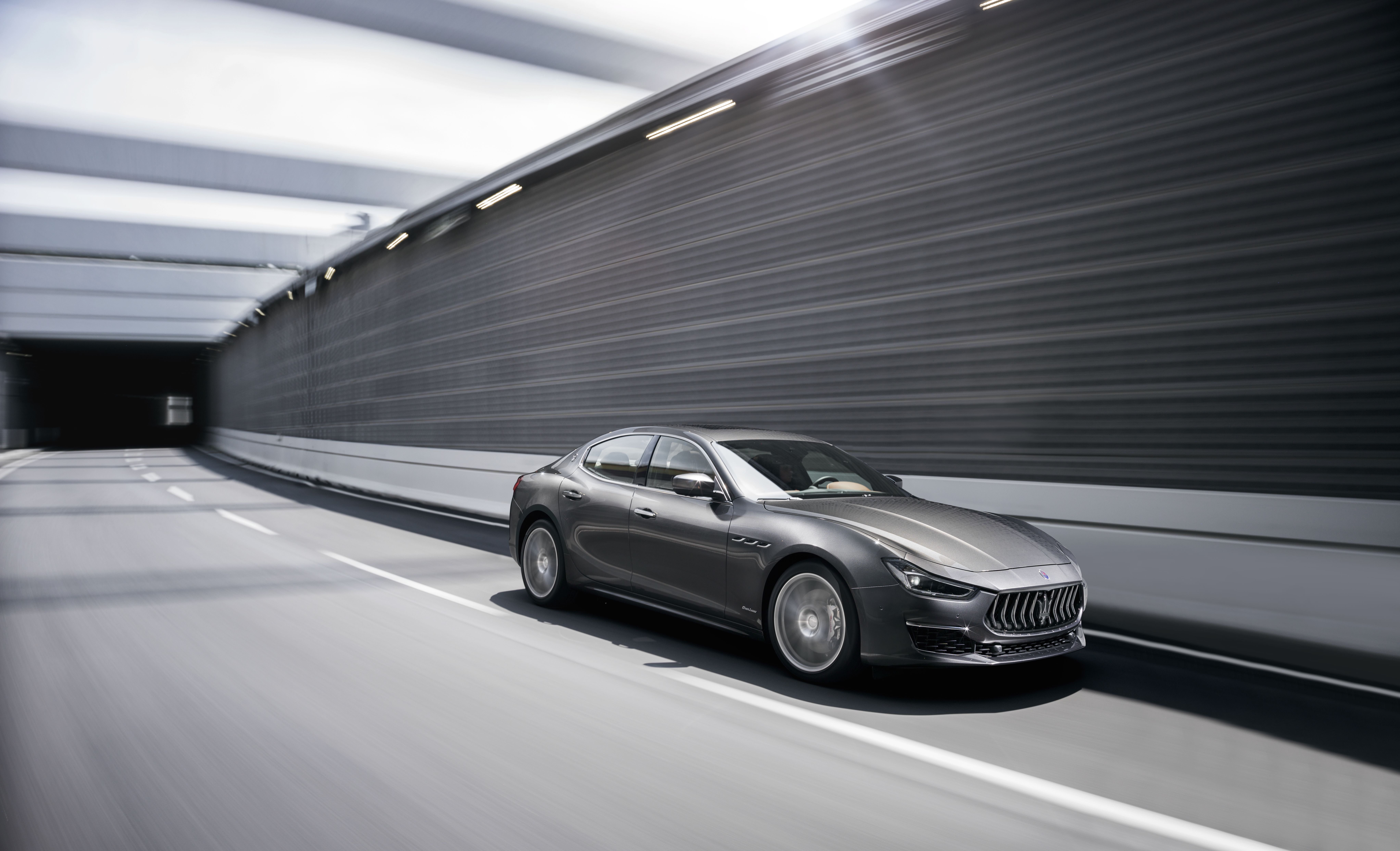
The air duct has also been restyled for 2018 Ghibli. Wide open and more linear on the Ghibli and Ghibli GranLusso, it features a sportier layout on the Ghibli GranSport with two wings virtually supporting the grille, separating the central splitter from the side air ducts. This design visually accentuates the width of the car, conveying an extra sense of stability from the front.
The headlights have maintained the same contour. The full Ghibli model range is equipped with the all new, Adaptive full LED headlights developed in collaboration with Magneti Marelli Automotive Lighting, while the baseline model uses Bi-Xenon technology.
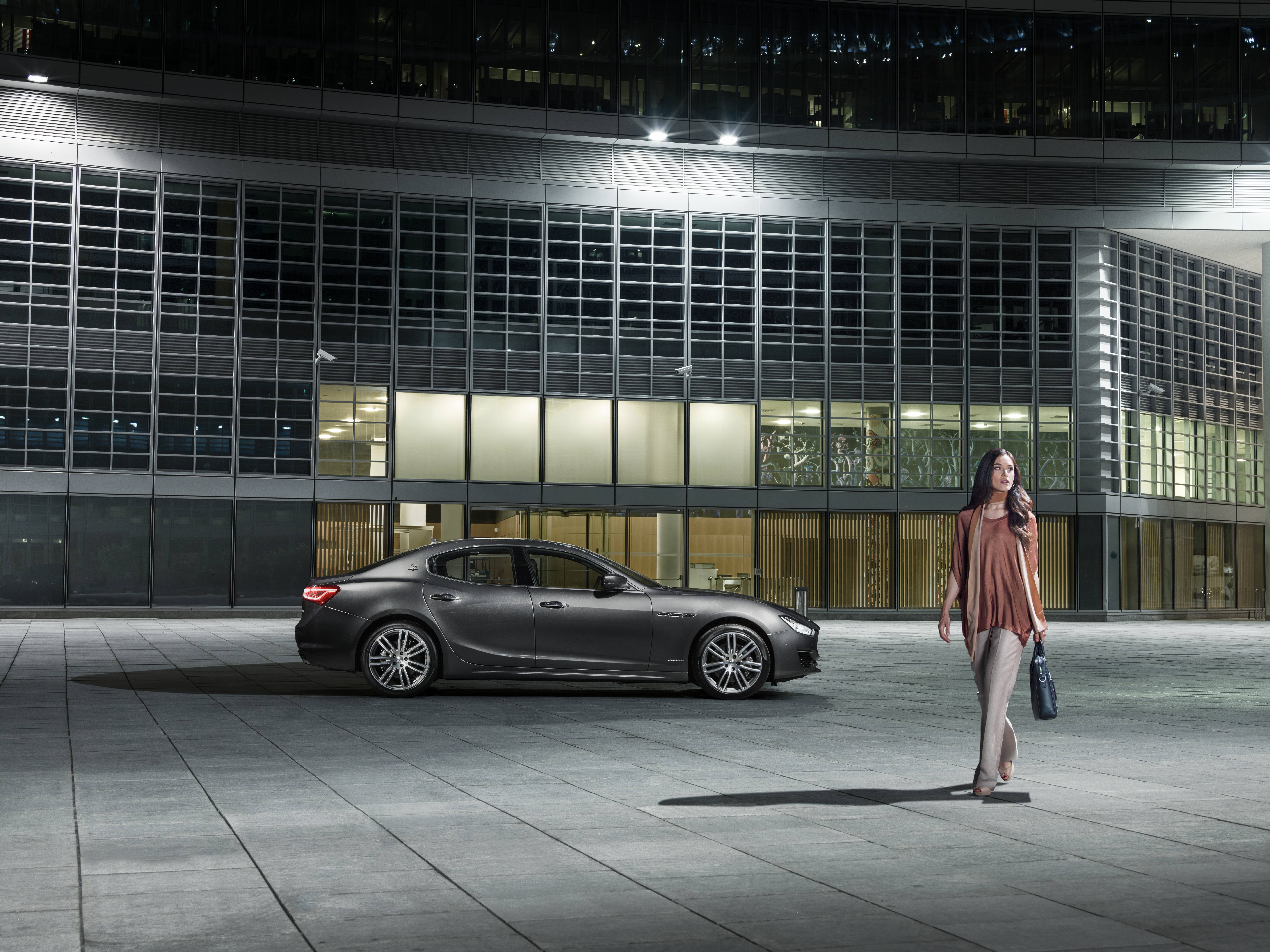
The new Ghibli GranLusso reinterprets the concept of luxury in a sports sedan by enhancing the exterior finish and improving on-board comfort for both driver and passengers. This most elegant expression of the Ghibli uses exclusive materials and special features in the finest tradition of Italian craftsmanship. Externally, it is distinguished by its Adaptive full LED headlights, chrome inserts on the front bumper, GranLusso badge at the base of the front wing, body-colour side skirts, silver brake calipers and 20” Urano Diamond alloy wheels.
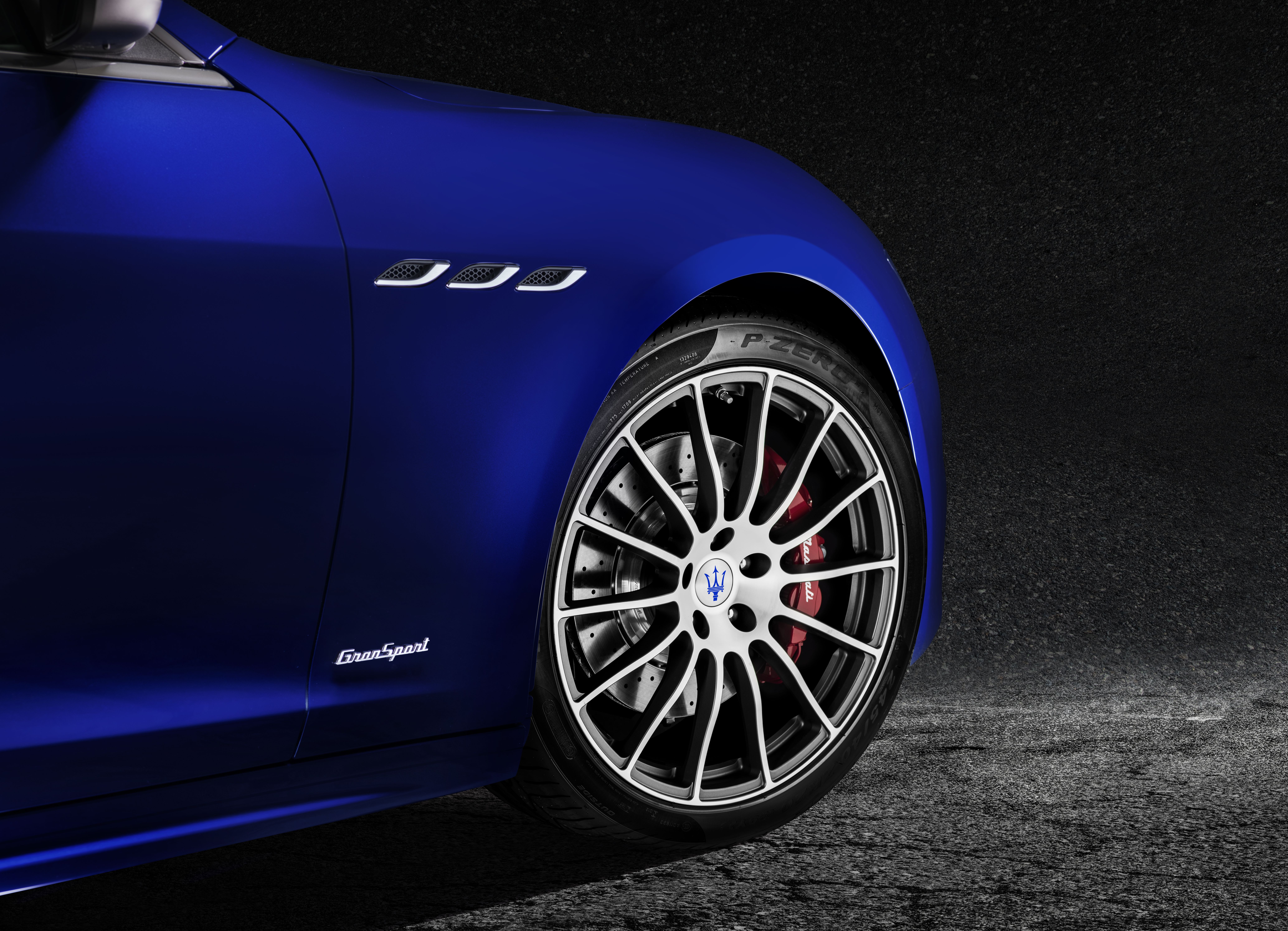
The Ermenegildo Zegna Silk interior features patented mulberry silk inserts on the seats, doors panels, roof lining and ceiling light fixture. The tailored seat details and the label on the sun visors, complemented by a Ebano wood trim and Ebony wood-finished leather steering wheel, make this trim unique and exclusive, beautifully epitomising the GranLusso soul.
This uniquely luxurious trim includes Comfort seats with extensive 12-way power adjustment as standard, as well as power-adjustable steering wheel and foot pedals, parking sensors and new Soft Close Doors.
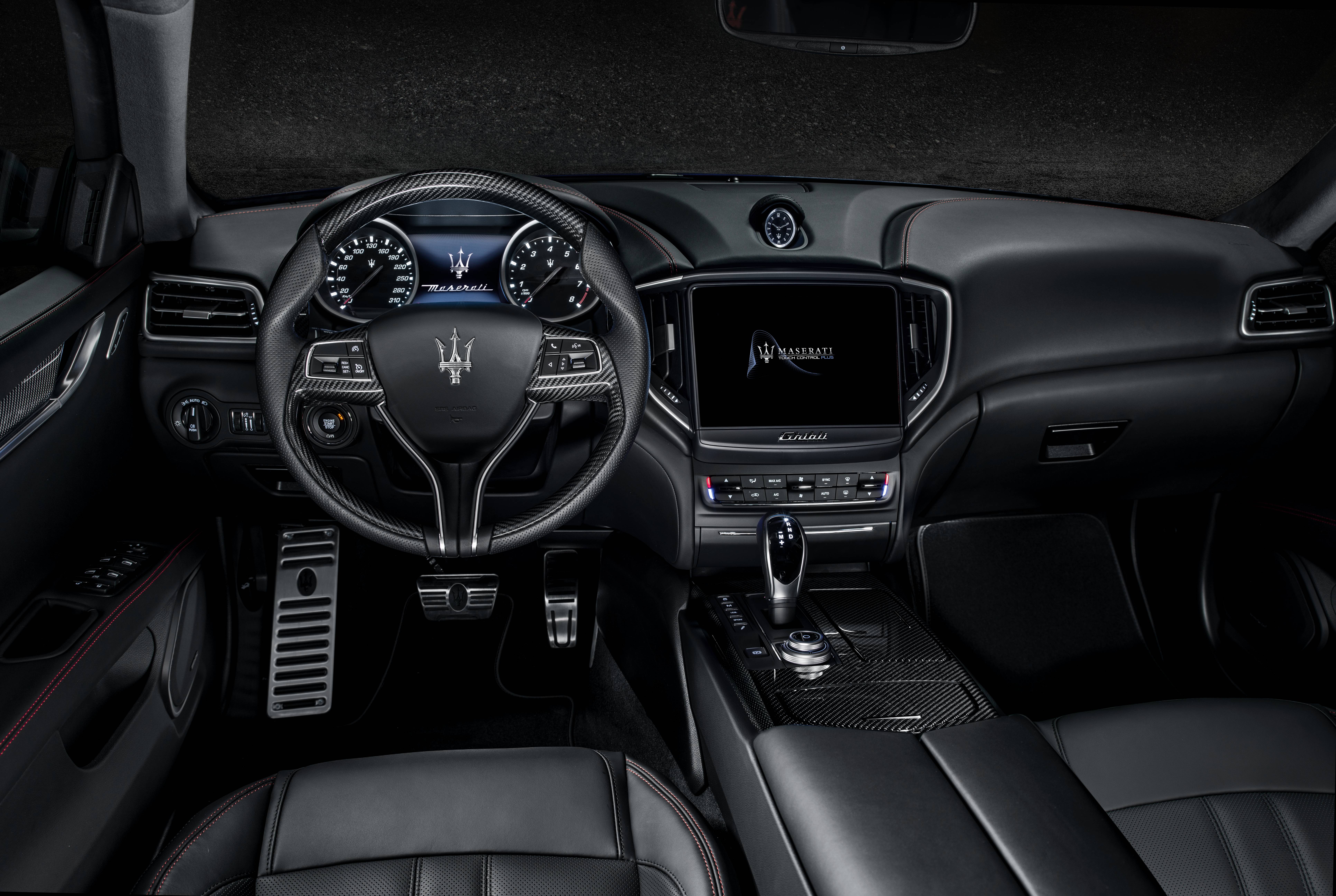
The Ghibli GranSport takes its inspiration from the legendary racing heritage of Maserati. This specific trim was conceived to meet the needs of customers seeking a sportier expression of a high-end sedan in the segment.
Externally, the GranSport features Adaptive full LED headlights and is also recognisable for the Black Piano inserts on the front bumper, the GranSport badge on the front wing, body-colour side skirts, blue inserts on all Trident and Saetta logos, red brake calipers and, last but not least, the 21” Titano Anthracite alloy wheels.
The Sport 12-way power full leather seats and Sport steering wheel create an inspiring mix for the driving aficionado. The interior of the Ghibli GranSport also features standard gearshift paddles and Inox sport foot pedals. The Ghibli and Ghibli GranSport can be further customised with an Exterior Carbon Package for an even more emphatic message
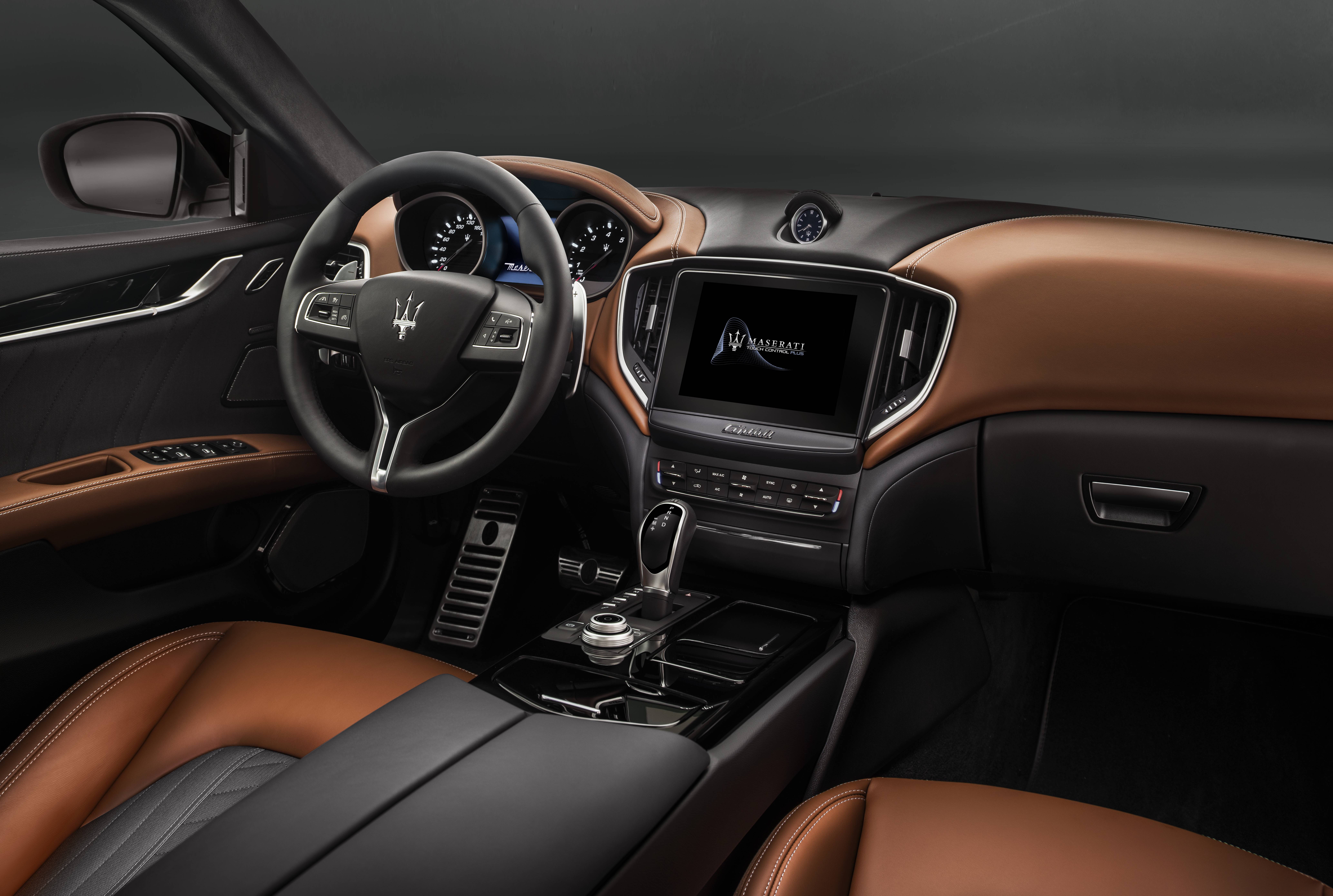
about Ghibli’s racing heritage. It covers the external door mirrors, B- and C-pillar covers and door handles on the base trim, as well as the front splitter and rear spoiler on the GranSport.
The Ghibli enters the Malaysian market at the starting price of RM 618,800.00 (inclusive of local taxes and duties) for the standard model while the GranLusso and the GranSport are priced at RM 668,800.00. All three models include 5 years Standard Warranty coverage with no mileage restriction plus a Free maintenance program of 5 years/ 100,000 km whichever comes first (Inclusive of *Maserati Premium Service Plus of 3 Years /60,000KM).
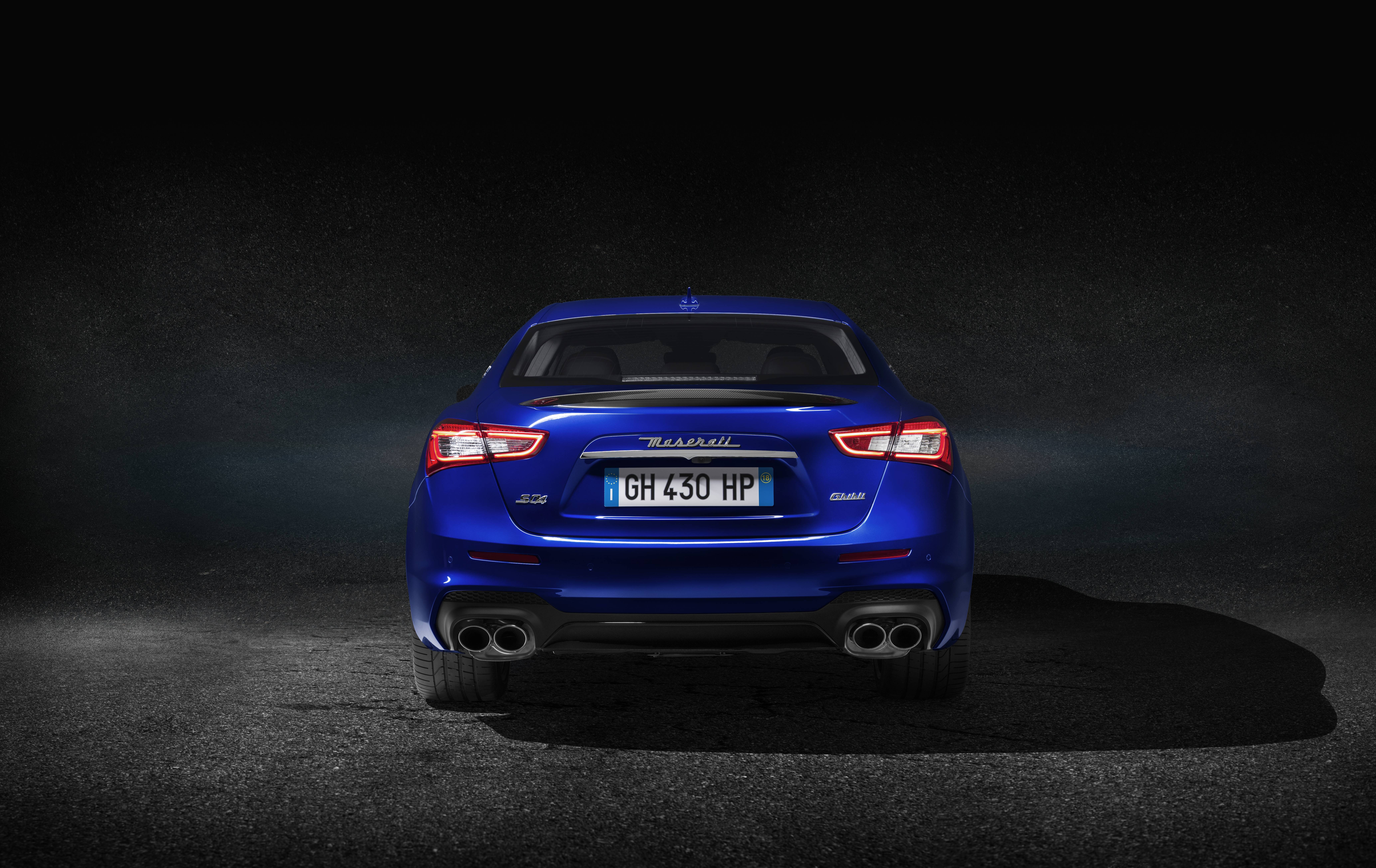
The Ghibli S enters the Malaysian market at the starting price of RM 718,800.00 (inclusive of local taxes and duties) for the standard model while the GranLusso is priced at RM 768,800.00 and the GranSport at RM 768,800.00. All three models include 5 years Standard Warranty coverage with no mileage restriction plus a Free maintenance program of 5 years/ 100,000 km whichever comes first (Inclusive of *Maserati Premium Service Plus of 3 Years /60,000KM).
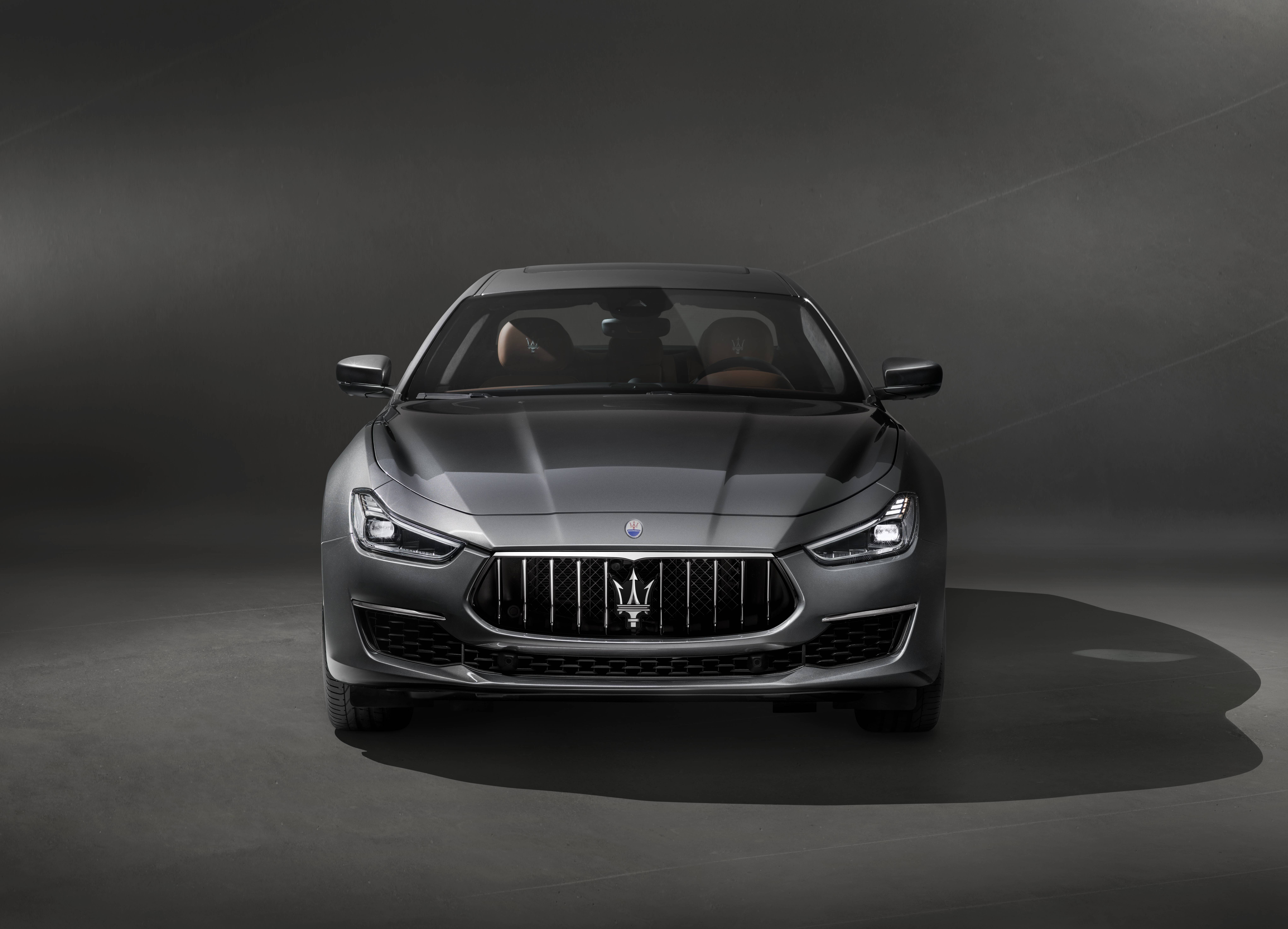
The public is invited to head over to Naza Italia’s showroom in Petaling Jaya to view and test drive the Ghibli range and speak with Naza Italia’s sales team in greater detail about Maserati’s newest offering.
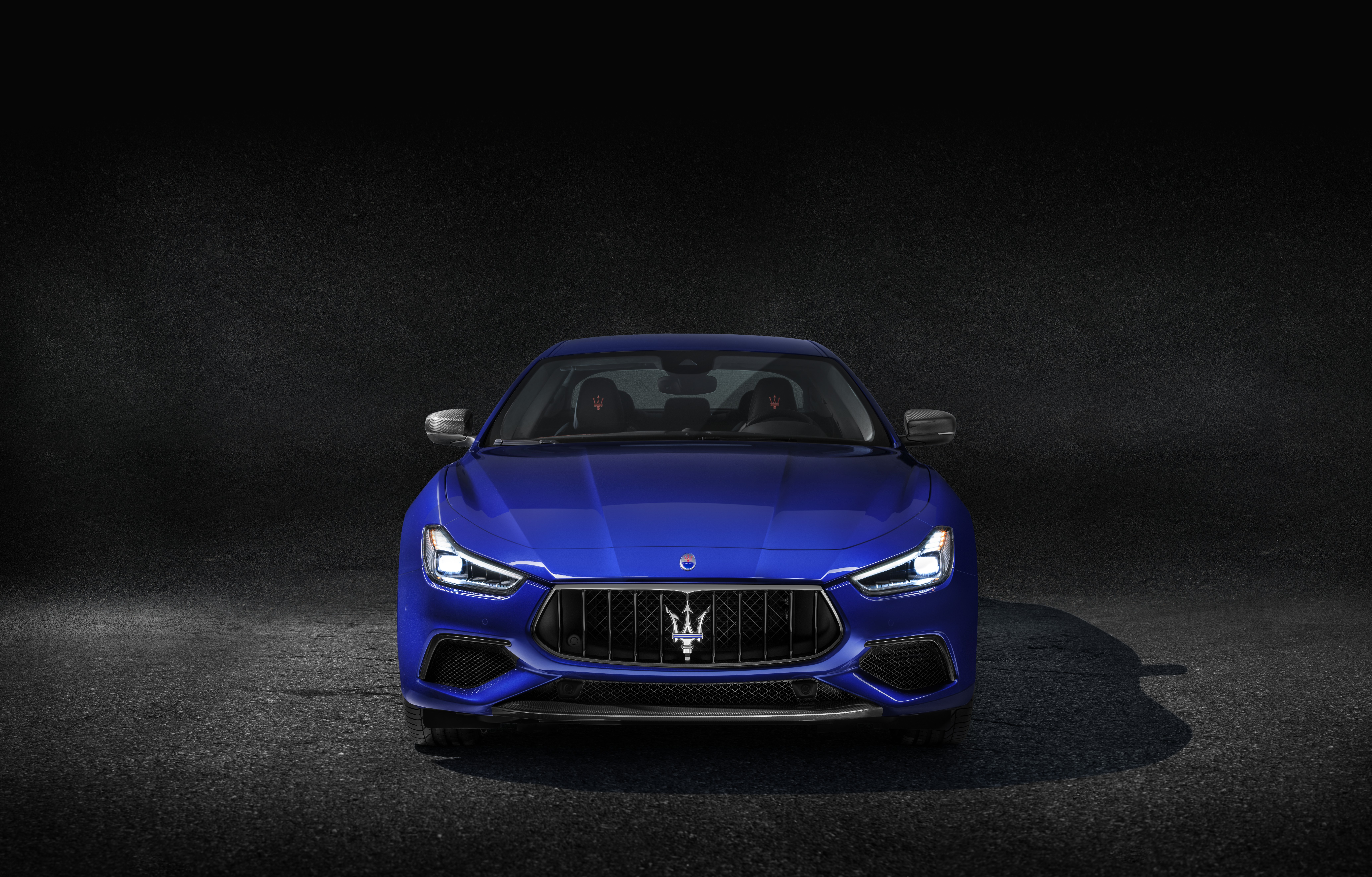
Follow @maserati.malaysia (Instagram) and www.facebook/maserati.malaysia for the brand’s latest updates in Malaysia.
Maserati Ghibli Photo Gallery (Full specifications after the gallery)
|
GHIBLI |
GHIBLI S |
| Layout |
Petrol 600 V6, Twin-Turbo – direct injection GDI |
| Displacement (cc) |
2,979 |
| Max. power (kW/hp @ rpm) |
257/350 @ 5,500 |
316/430 @ 5,750 |
| Peak Torque (Nm/rpm) |
500 @ 4,500 |
580 @ 2,250 – 4,000 |
| Consumption NEDC (l/100 km) |
8.9 |
9.6 |
| CO2 emissions combined (g/km) |
207 |
223 |
| 0-100km/h (sec) |
5.5 |
4.9 |
| Top Speed (km/h) |
267 |
286 |
| 100-0 km/h (metres) |
35.5 |
35.0 |
| Gearbox |
8-speed ZF automatic AT8 – HP70 |
| Transmission |
RWD with Limited-Slip Differential |
| Front Suspension |
double wishbone, anti-roll bar |
| Rear Suspension |
multi-Link, anti-roll bar |
| Length/width/height (mm) |
4,971 / 1,945 / 1,461 |
| Wheelbase (mm) |
2,998 |
| Tyres (standard) |
235/50 R18 (front) 275/45 R18 (rear) |
Trivia: The NAZA Italia flagship showroom for Ferrari & Maserati was officially opened by His Majesty the Yang Di-Pertuan Agong on 31 March 2009.










